|
Collecting in the Río Gálvez, Peru, 2011
by Tom Christoffersen (TomC)
In October 2011 I visited the Peruvian Amazon again,
exploring
and documenting dwarf cichlid habitats and their fishes.
From the jungle capital Iquitos, I carried out several expeditions
to examine different biotopes.
This year, I went alone again, with local friends/fishermen accompanying me on the expeditions.
The first of the expeditions in 2011 brought me to Angamos and the Río Gálvez again, to
try to find Apistogramma inside the territory of the Matsés tribe.
XXXXXXXXXXXXXXXXXXX
I was in Iquitos (Yellow circle) and was heading for Angamos (Red circle):
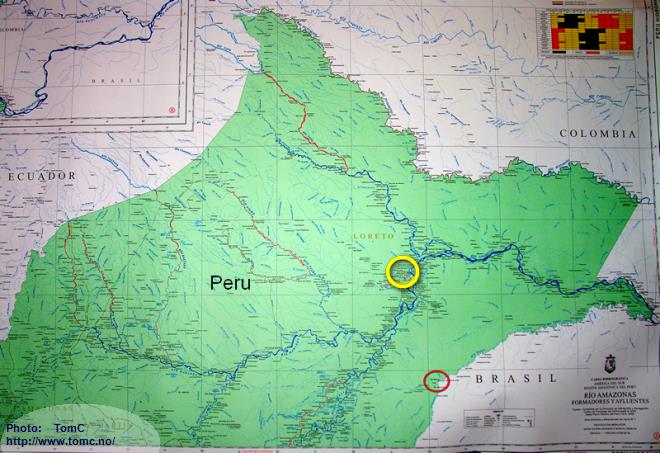
Angamos is situated at the Río Yavari, which for a long distance forms the border between Peru and Brazil.
Just south of Angamos, the Río Gálvez and the Río Yaquerana merge to form the Río Yavari.
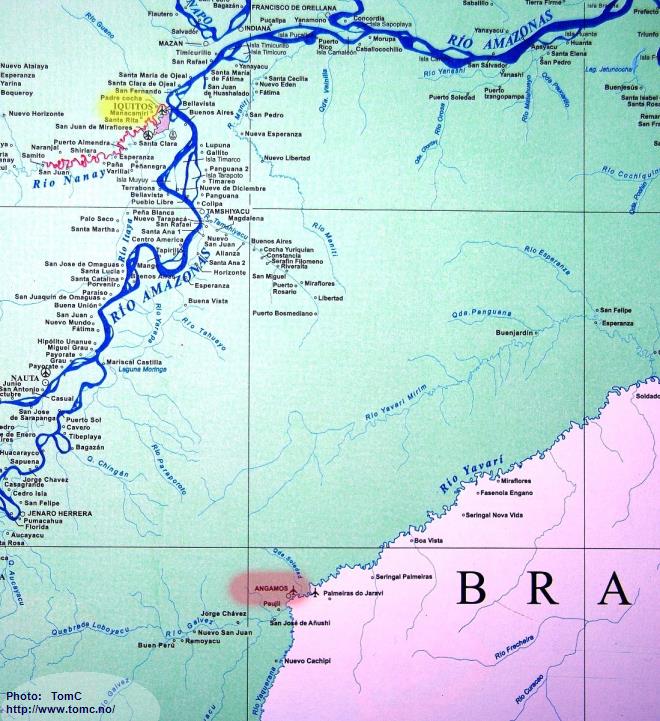
A closer look at the Angamos area:
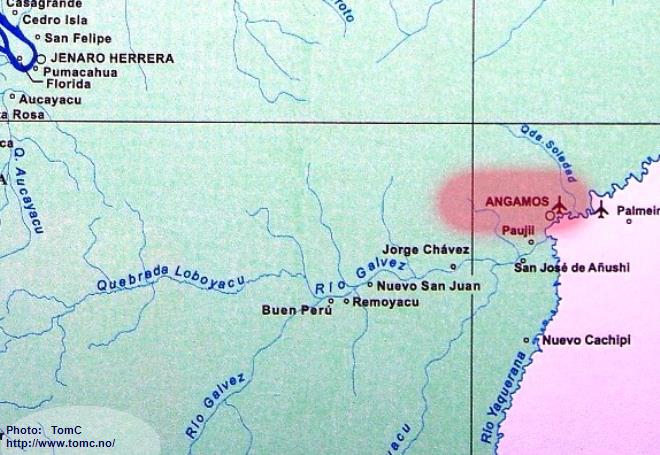
I had previously received exciting information from the fisherman who had collected Apistogramma in
that area earlier. He agreed to accompany me and show me the way.
The plan was to hire a small boat in Angamos, and travel upstream the
Río Gálvez into the area of the Matsés people, to the small village Remoyacu.
We went to the small local military airport in Iquitos and bought tickets for the next day.
The next day we met up there at 07:00. The weather was bad, with lots of rain.
After the flight had been postponed several times, at 10:30 the staff told us that the
airfield in Angamos was covered with water; it was not possible to land an airplane there now.
They said they would change to a plane which could land on the river, and told us to meet up
in the harbor Bellavista de Nanay, the next day. The departure would be at 09:00.
So the next day we met up at the harbor at 08:30, but no plane to see.
But at 11:00, finally:
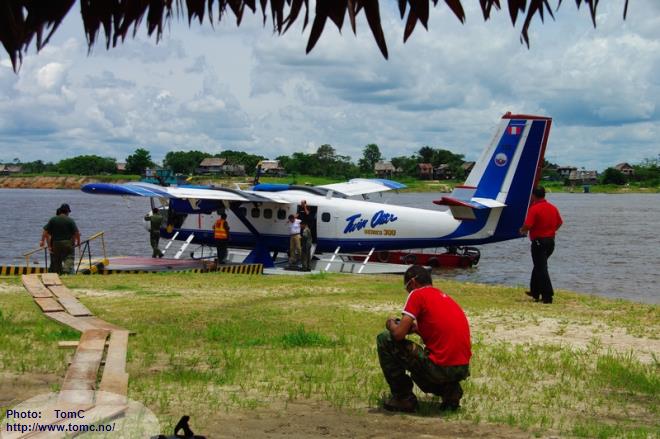
At 15:15: Takeoff!
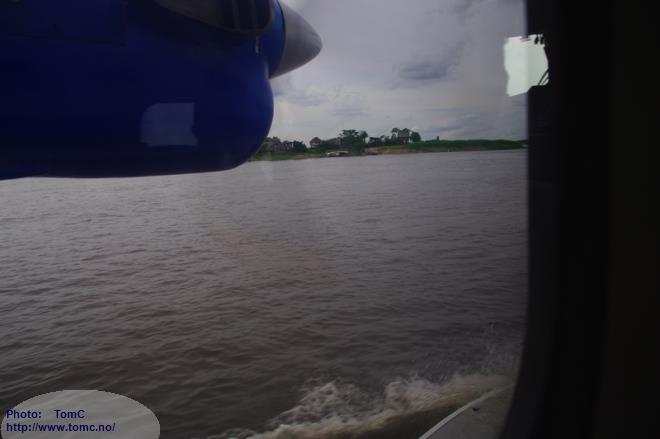
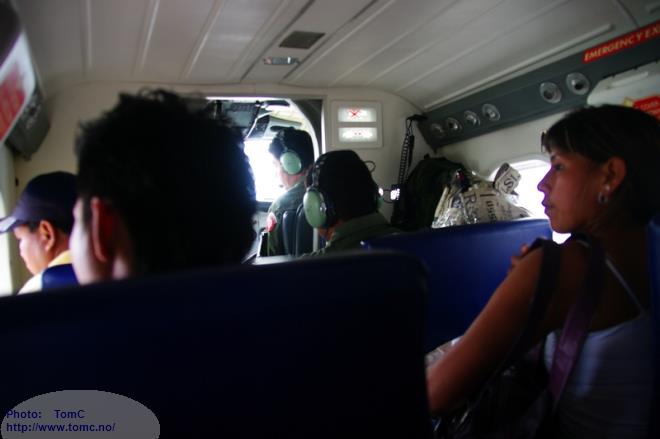
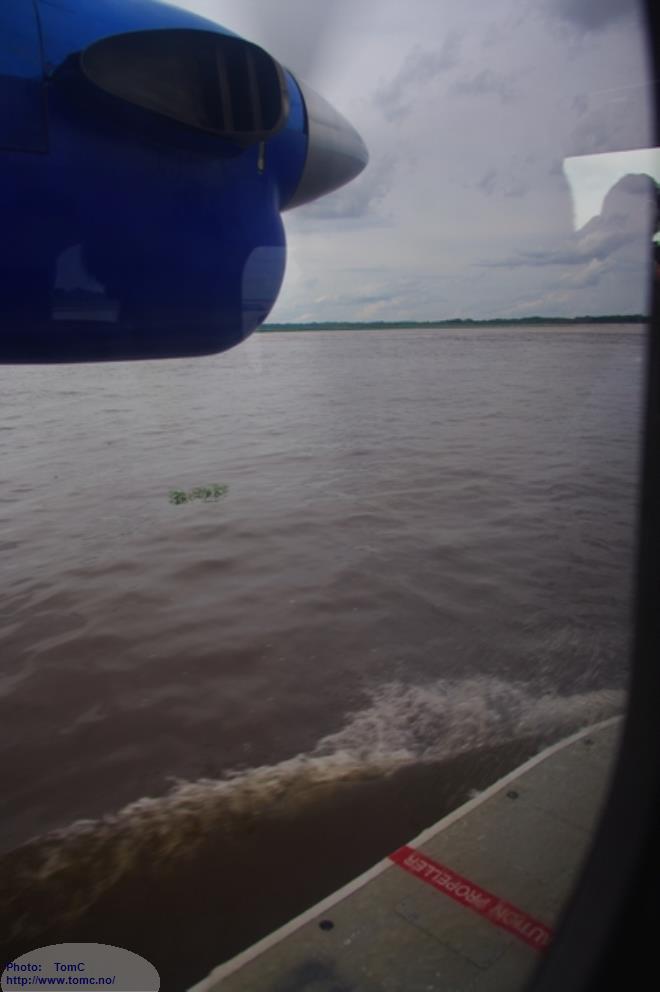
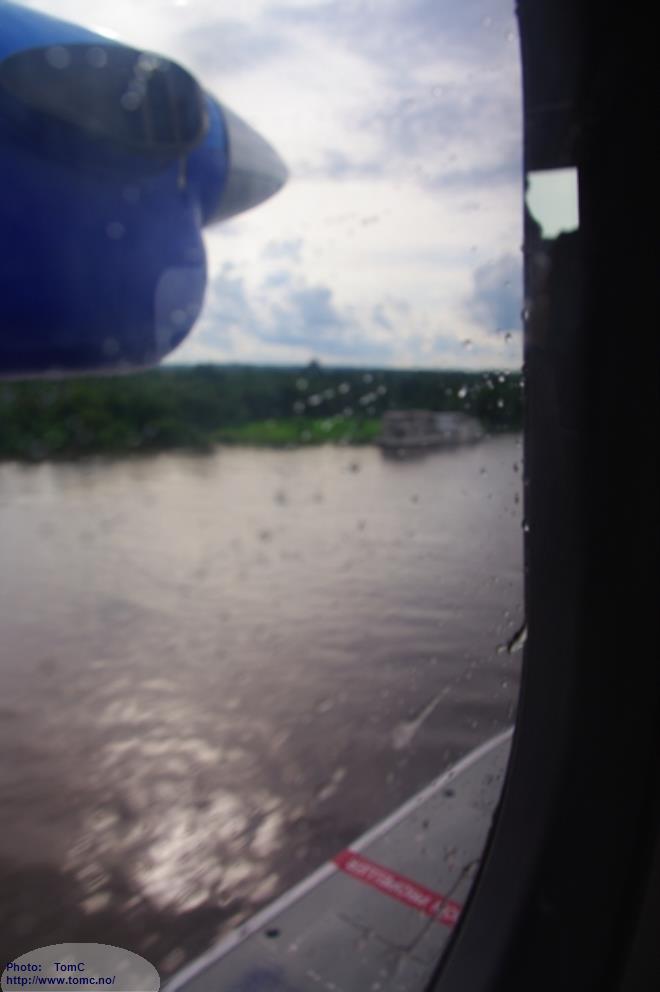
We had a nice view over Iquitos town:
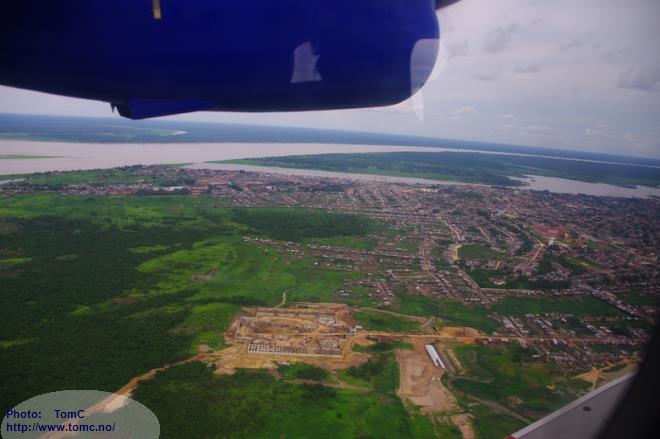
After 45 minutes with only rainforest to look at
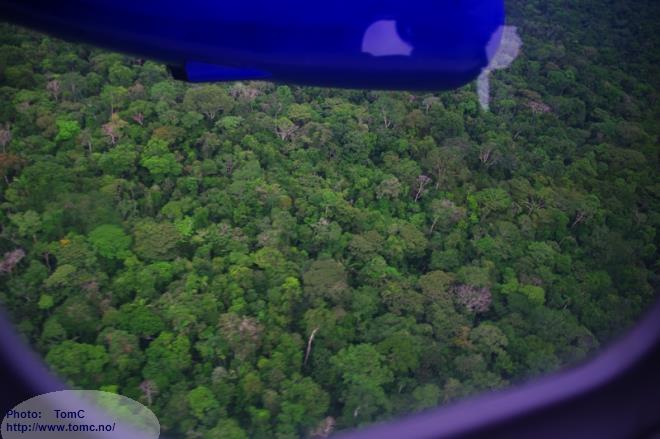
we spotted the Río Yavari and the town Angamos:
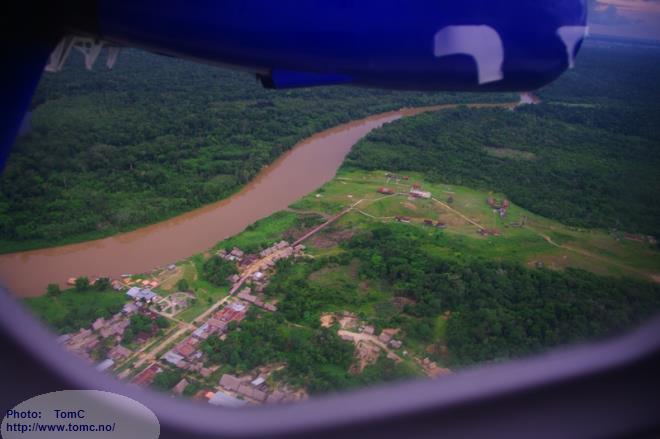
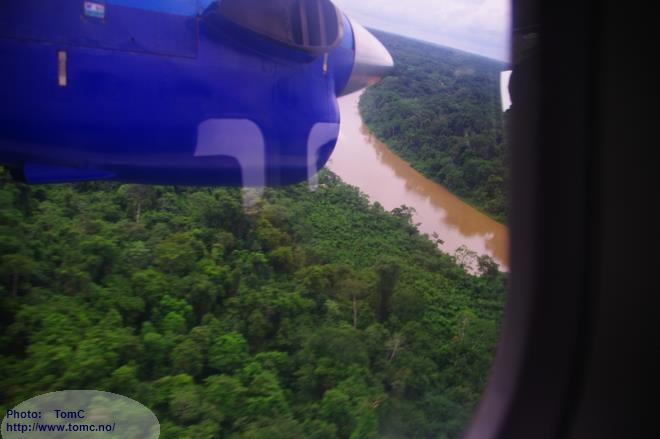
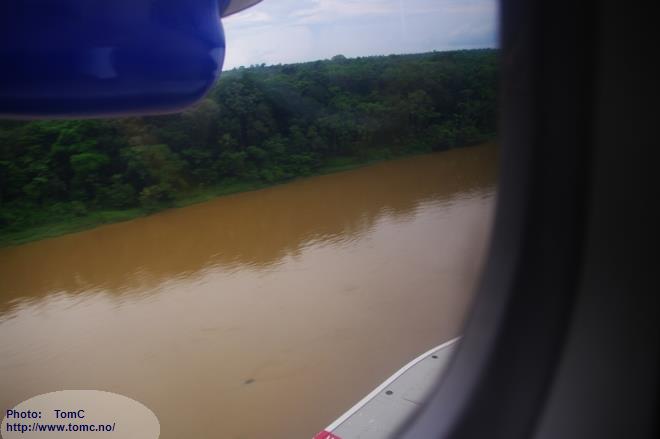
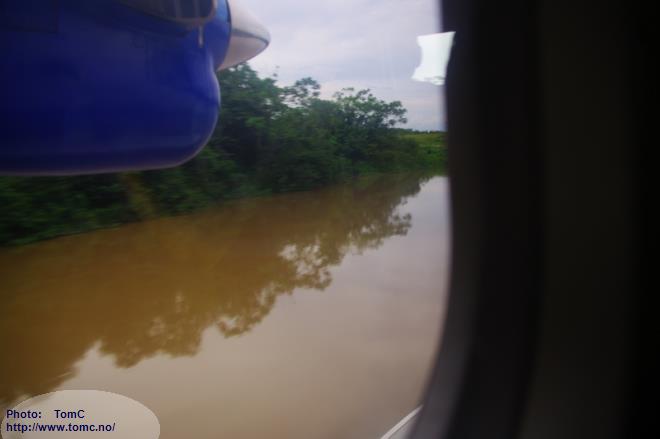
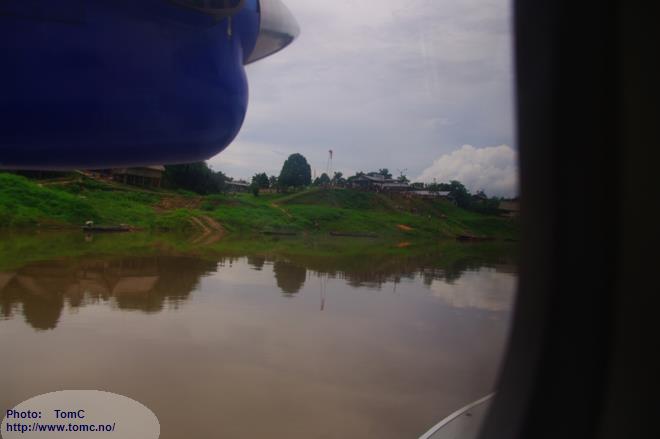
and at 16:00 we arrived:
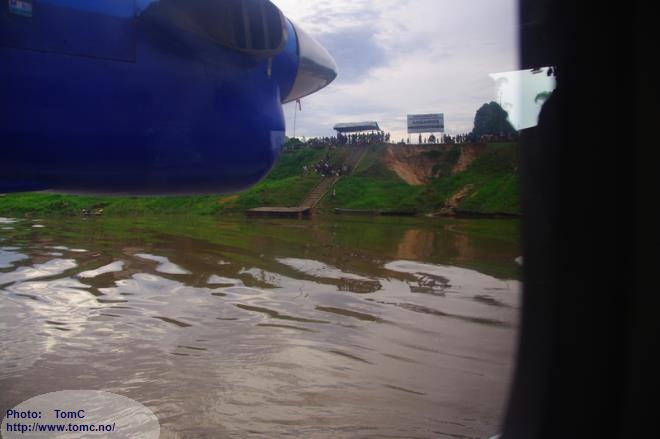
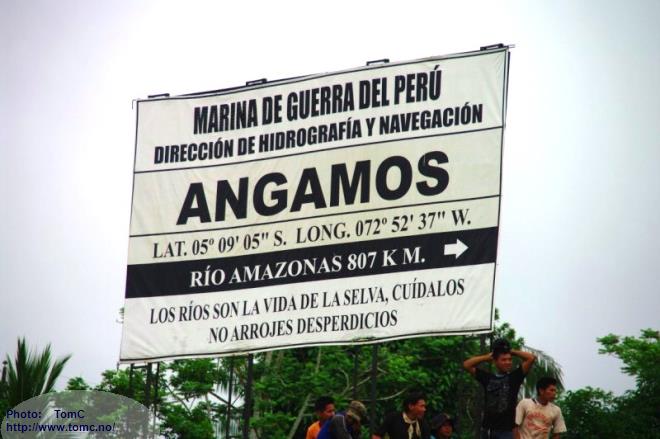
"Los ríos son la vida de la selva, cuídalos no arrojes desperdicios"
=
The rivers are the life of the jungle, let us take care of them, and not throw waste in them.
Nice, isn't it!
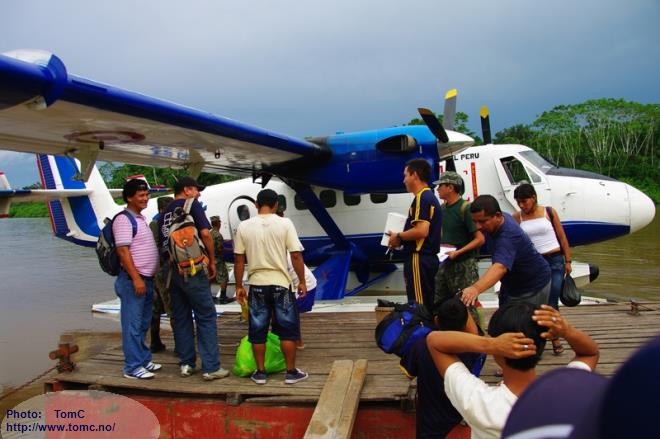
The Río Yavari:
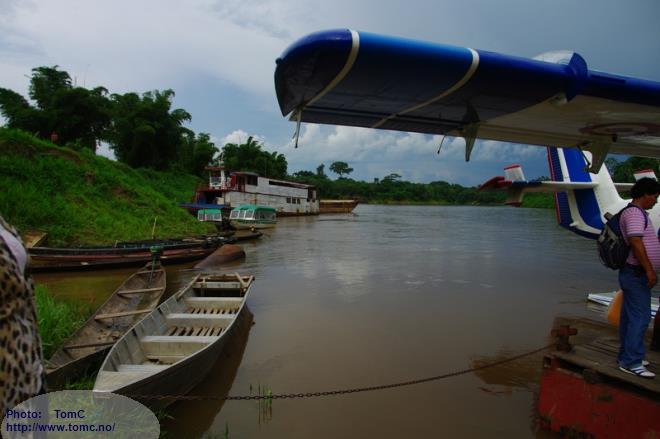
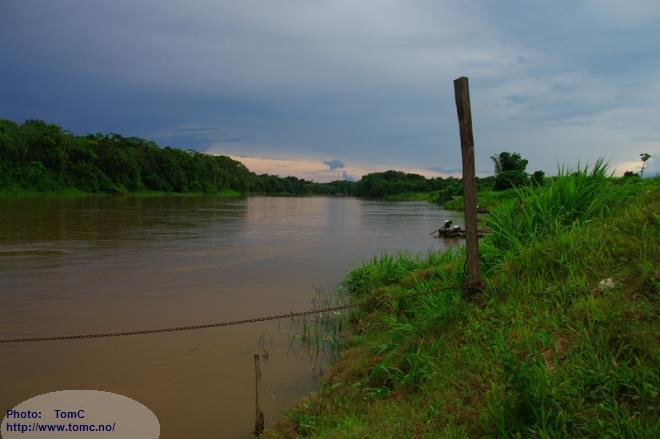
We went up to the town, to try to find a room for the night. Almost everything was occupied, but after some time we were
lucky and found a place where we were offered this:
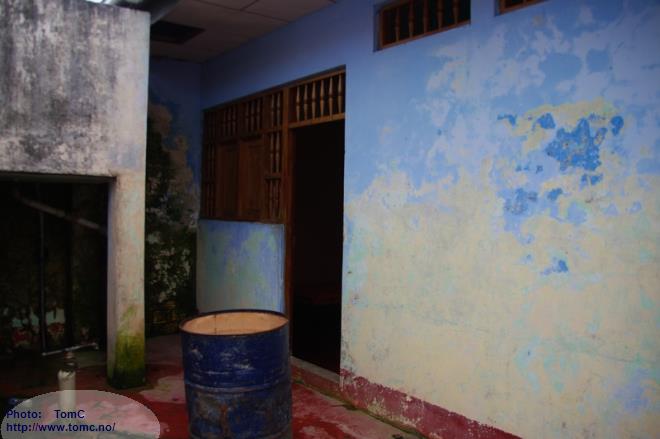
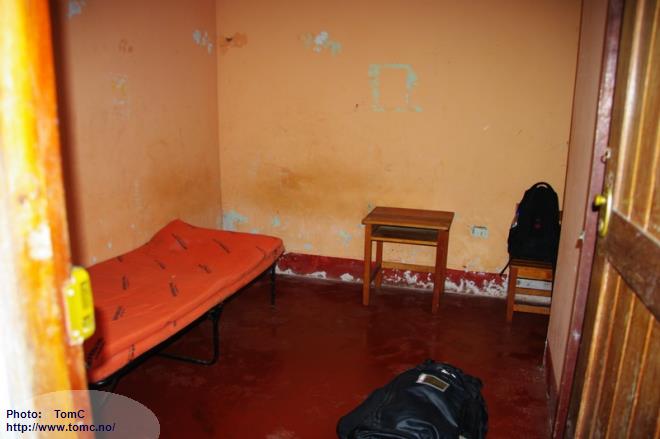
I complained that there was no key or possibility to lock the door, so I was
given this large room. I arranged my mosquito-net using some of the chairs :-):
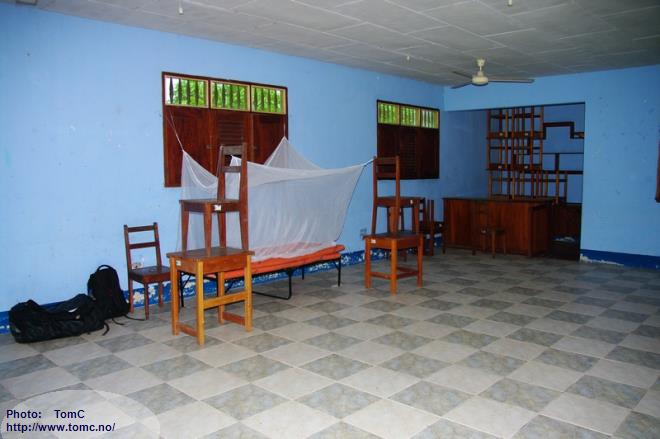
There were lots of upgrading work on the main street. Much of the work were done by foreign workers, so that was why
it was so difficult to find rooms for the night.
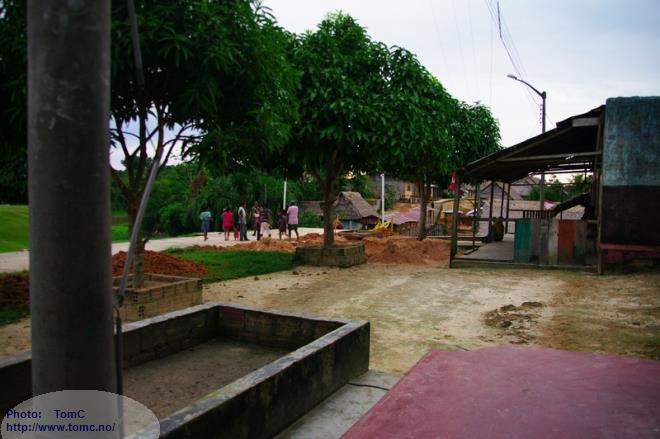
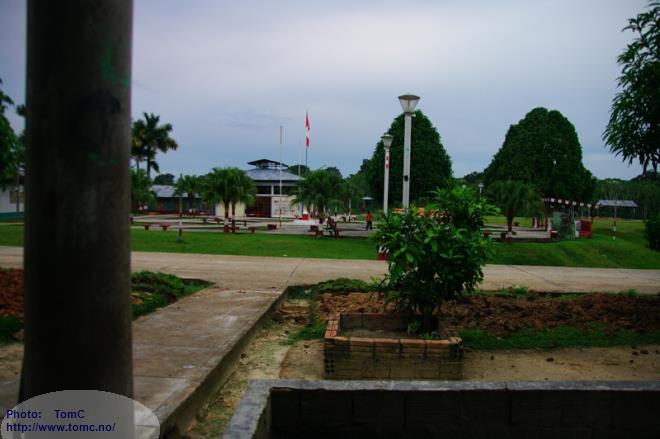
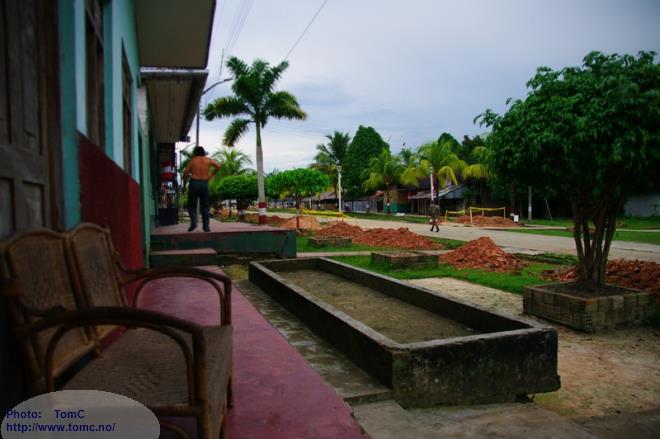
After we had arranged with some locals to hire their outboard motor and boat with a driver
the next day, the night came early and suddenly, as usual.
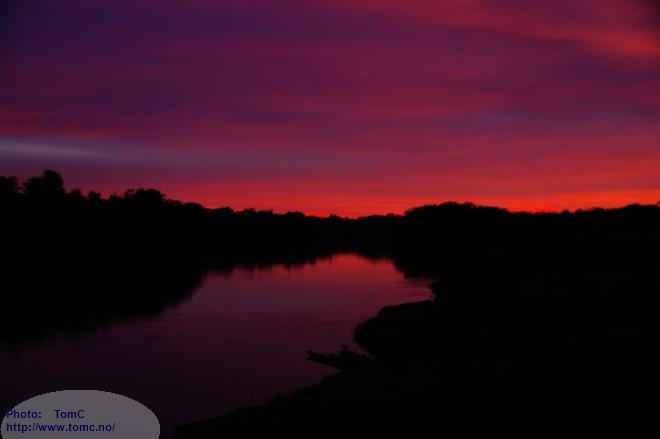
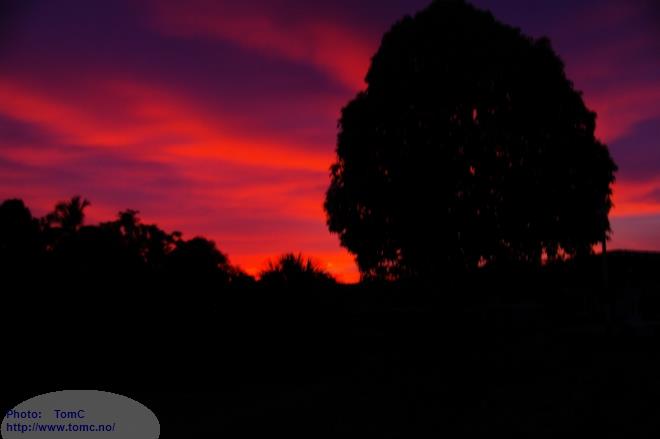
The next day we met up at the harbor at 06:15. The locals were there with a "pecci-pecci", a small boat with a small outboard motor.
But the motor would not work, so it had to be replaced. Which took some time.
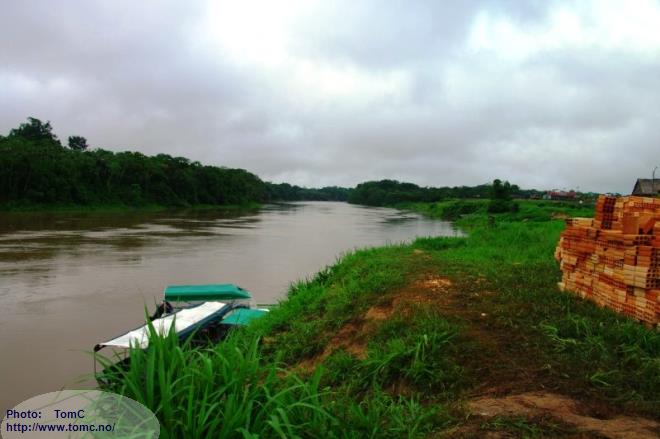
But finally, at 08:00, we left Angamos:
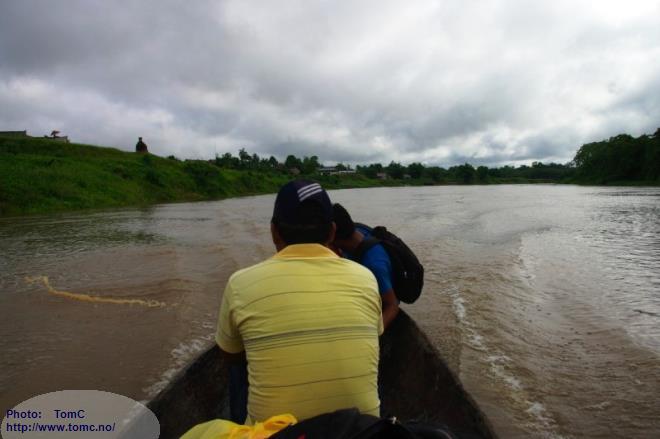
The Río Yavari is a large and luxuriant river:
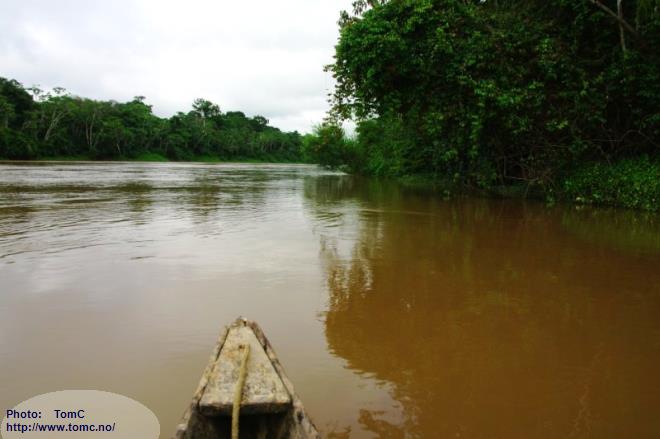
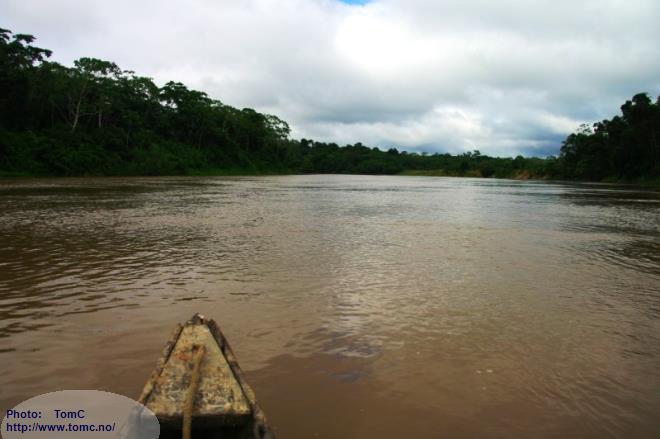
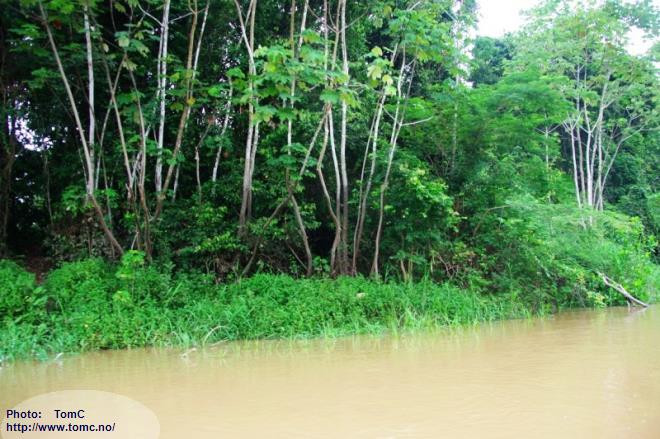
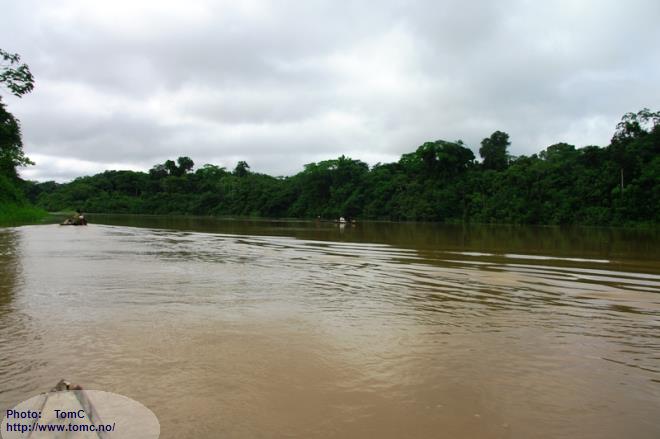
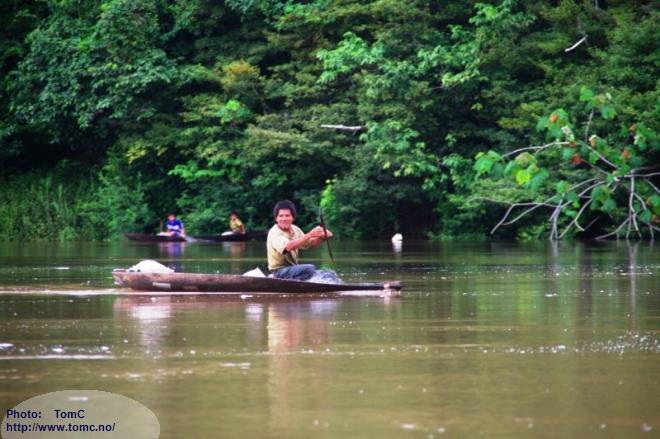
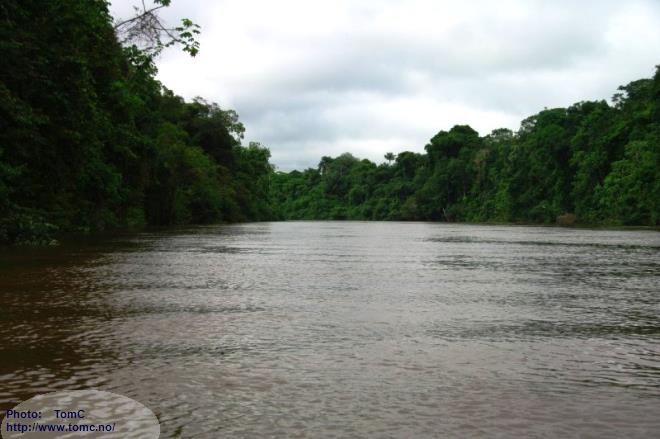
There are always some plants and trees that flower:
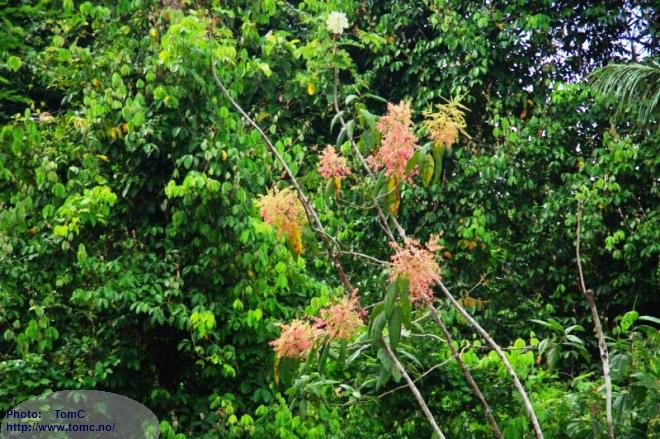
and there are still beautiful Macaws to watch:
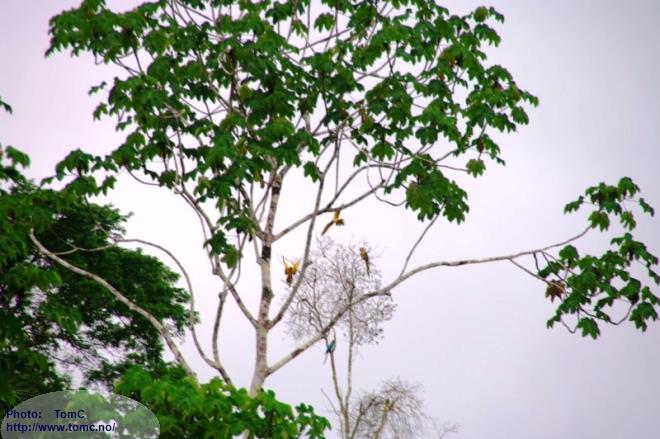
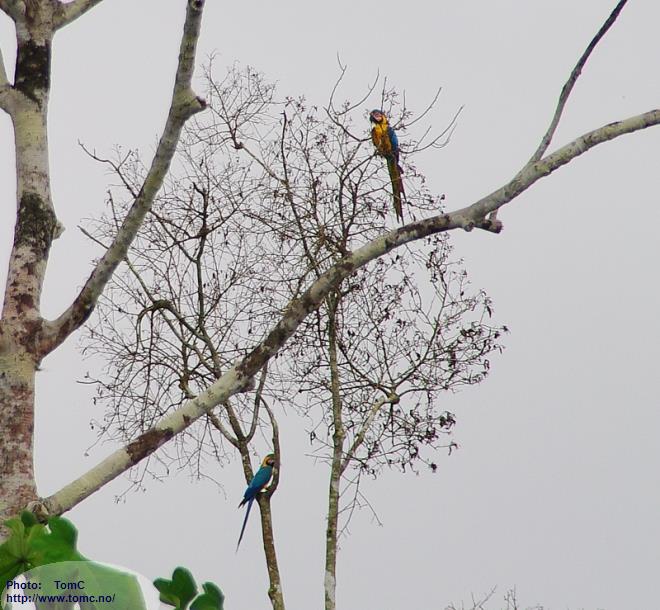
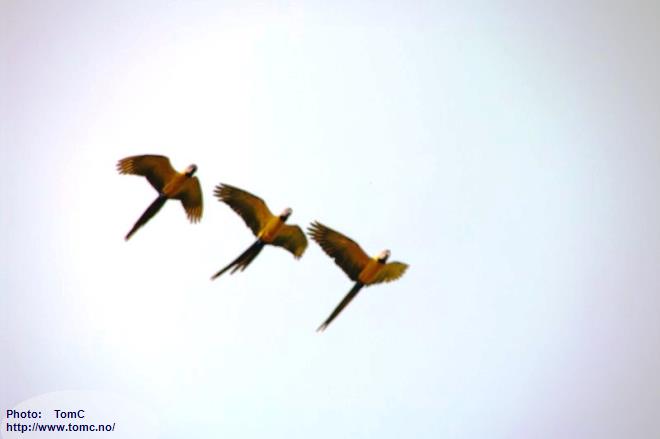
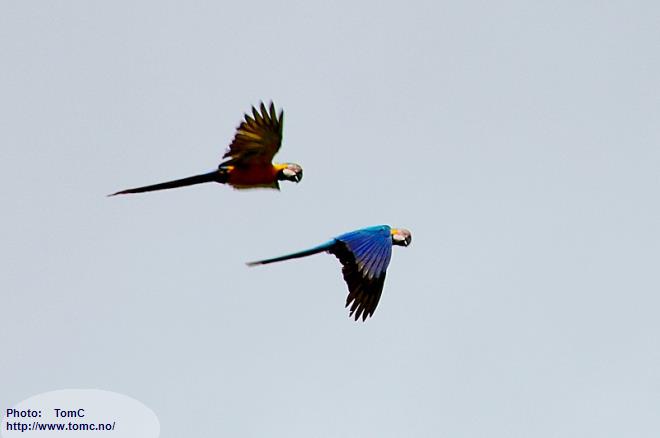
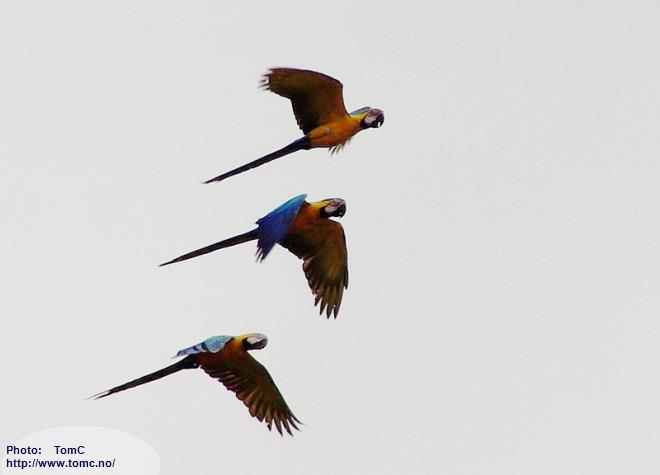
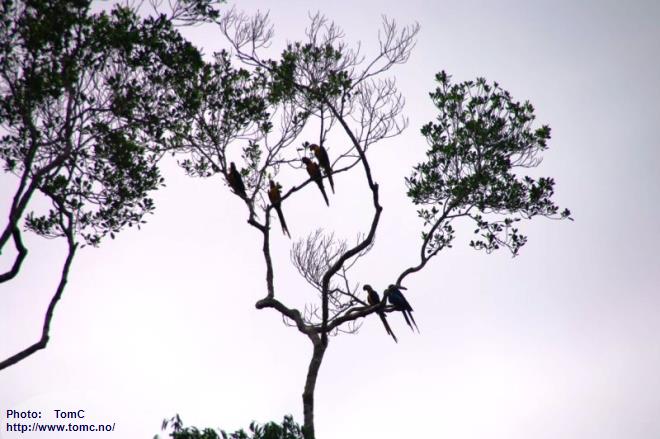
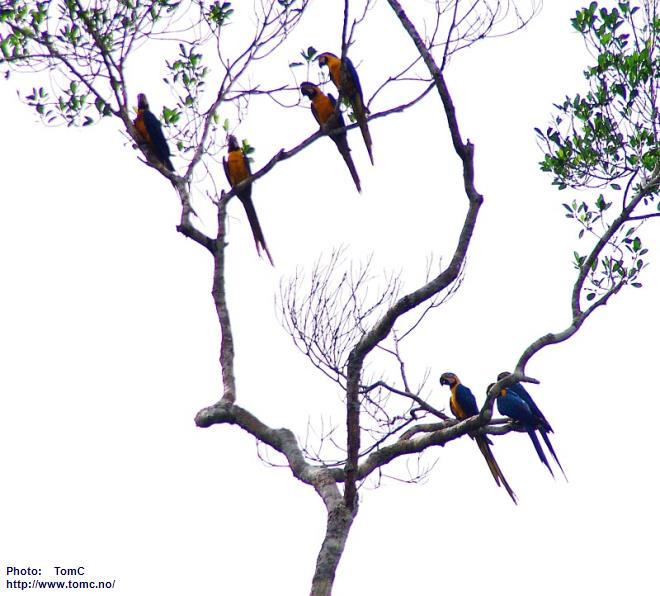
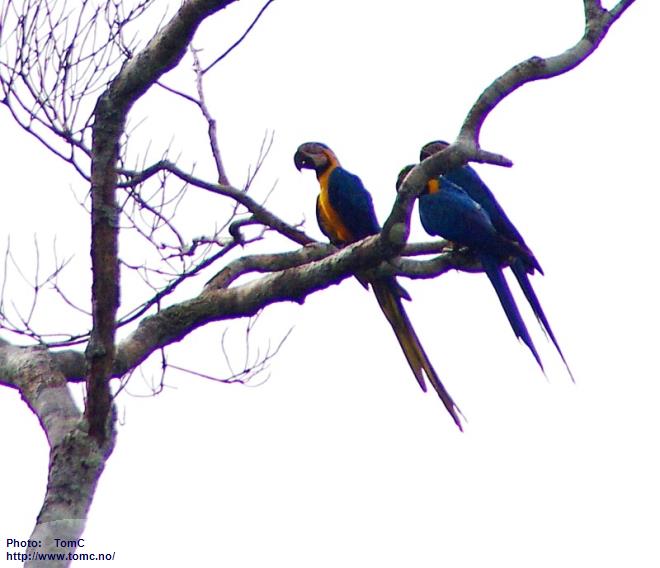
We left the Río Yavari, and entered the mouth of the Río Gálvez:
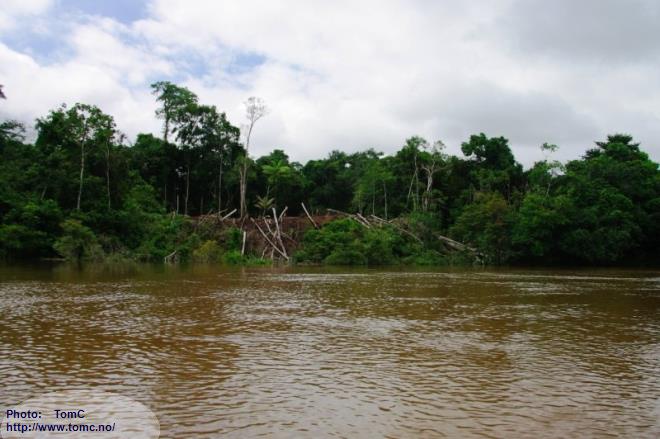
After a while, the motor stopped...
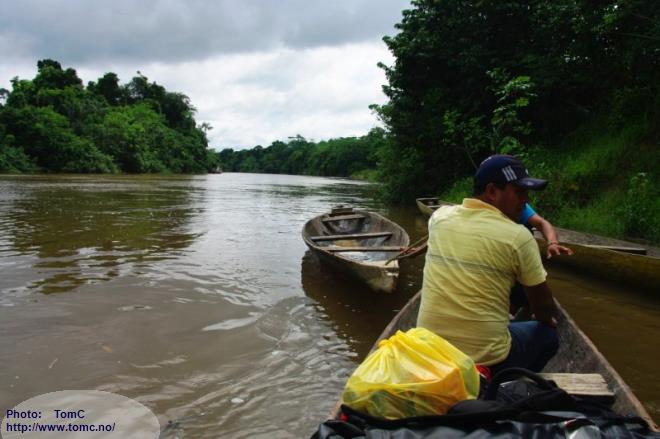
Luckily we could just float back to a village we had just passed. Our driver was born and raised in these
areas, so he seemed to know everybody!
They gave us an outboard motor that worked, and kept the broken one.
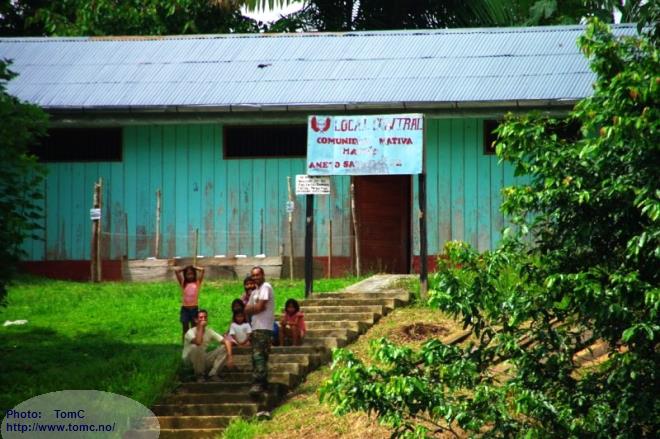
The Matsés speak a language of the Panoan linguistic family that is closely aligned with the dialects
that the Matis and Korubo Indians speak.
We could of course not understand anything of the signs.
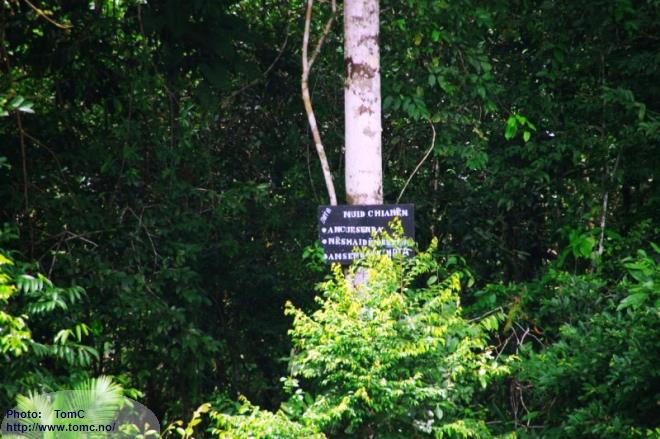
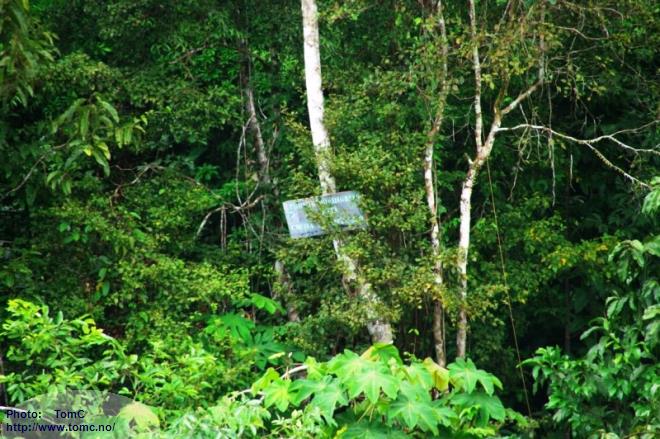
Then further up the Río Gálvez:
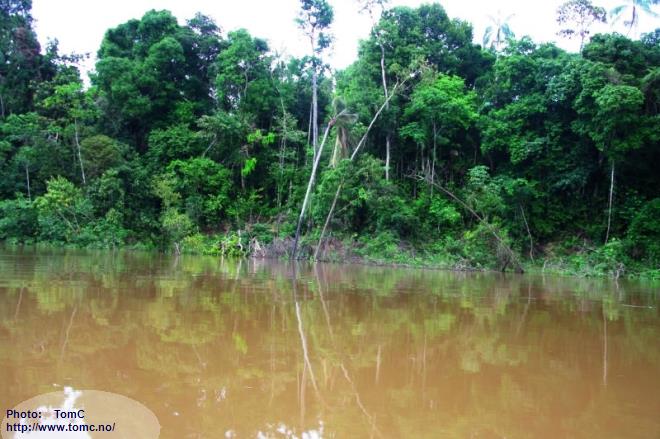
Exciting birds to see here too:
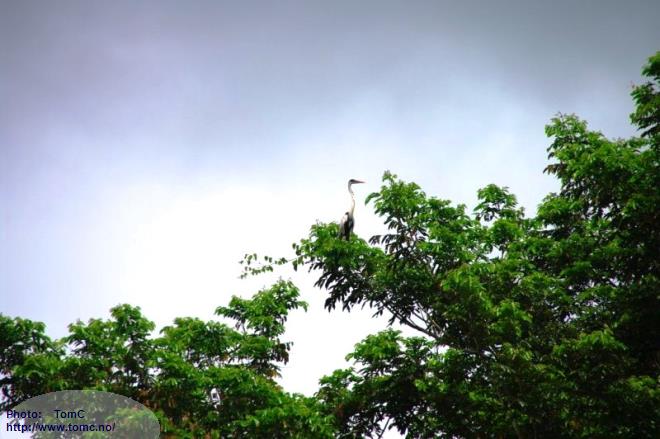
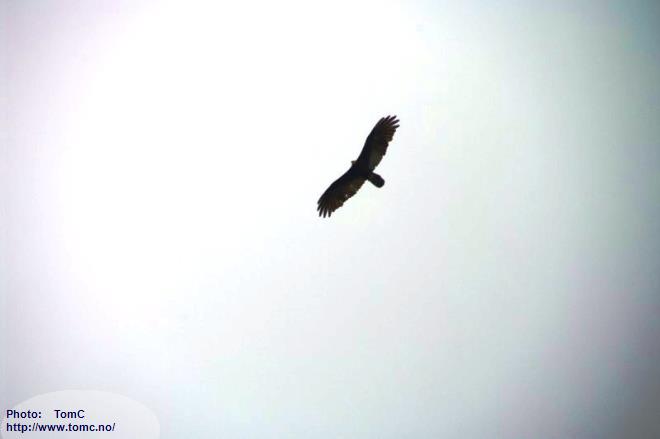
Then the boat started to leak heavily. Again we were lucky,
we were near by another settlement. The people there just gave us another boat.
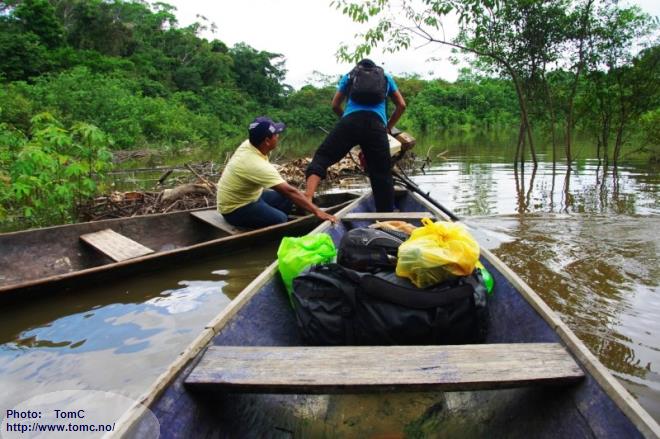
So after we had moved the motor to the new boat, we could go on.
Nice black water:
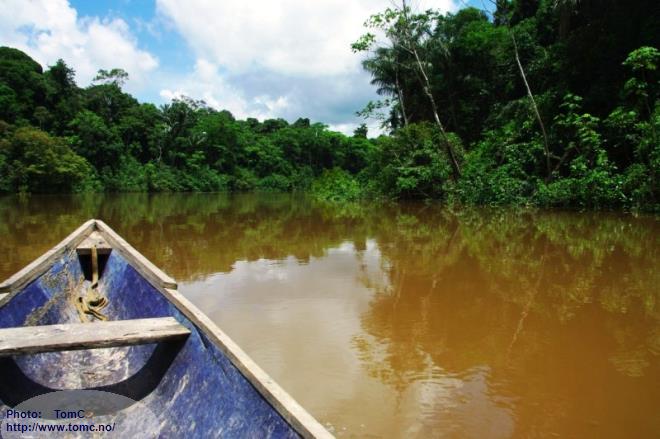
and luxuriant shores:
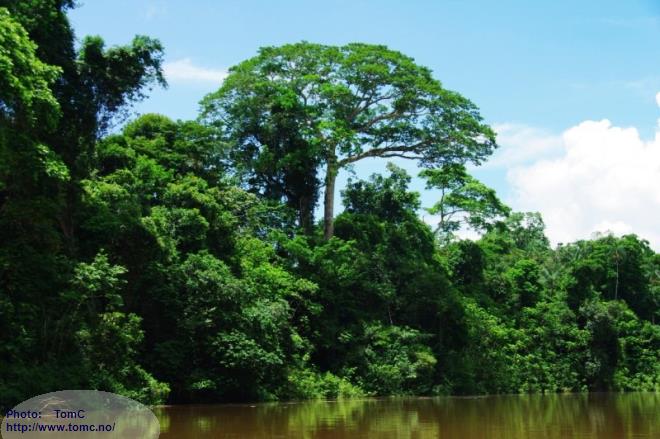
Then this motor stopped too! Luckily we could again float back to a village.
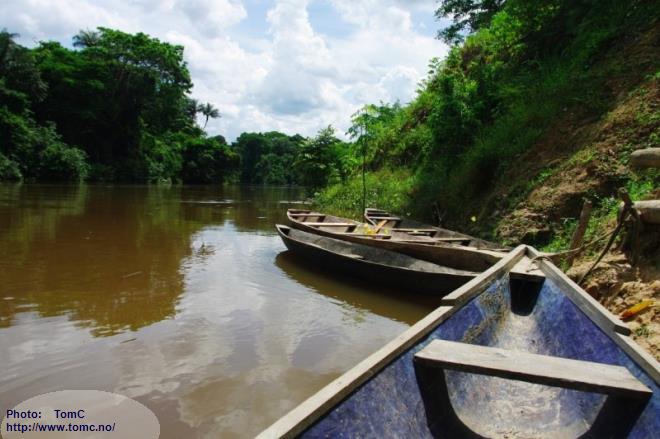
When you sweat on the seat, there are always some that benefit from it:
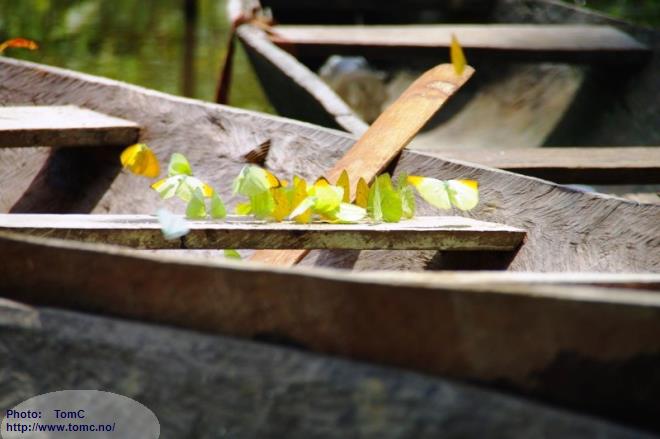
Our driver carried the outboard up the steep river bank to the village, to get help to fix it:
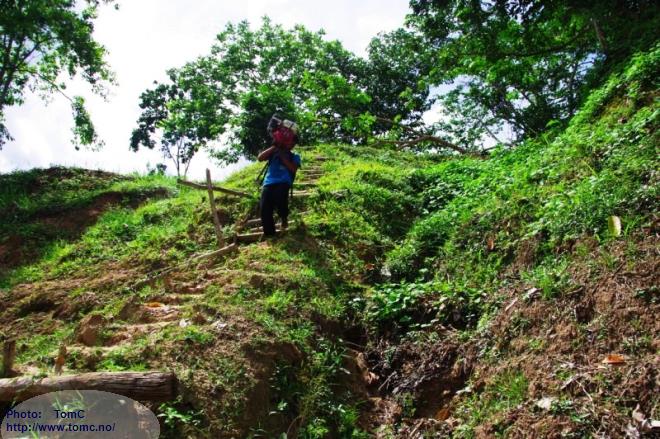
while the little local girls found it very amusing to watch the tourist:
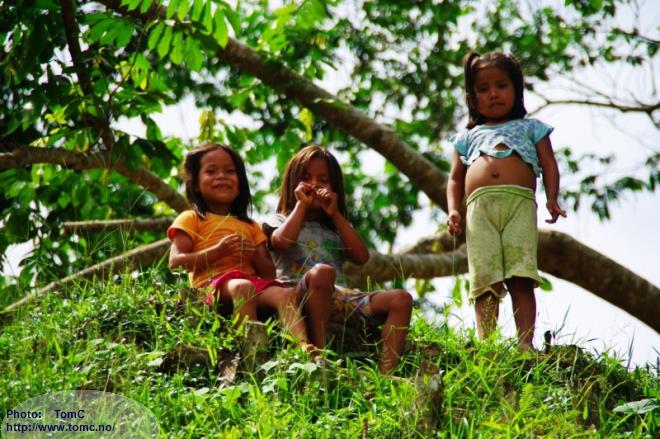
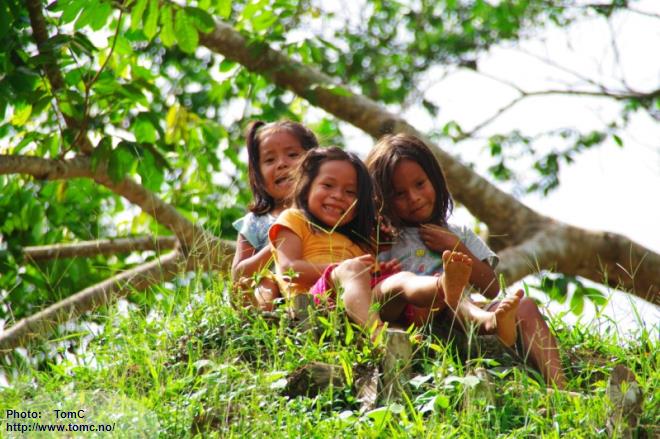
We passed several small settlements:
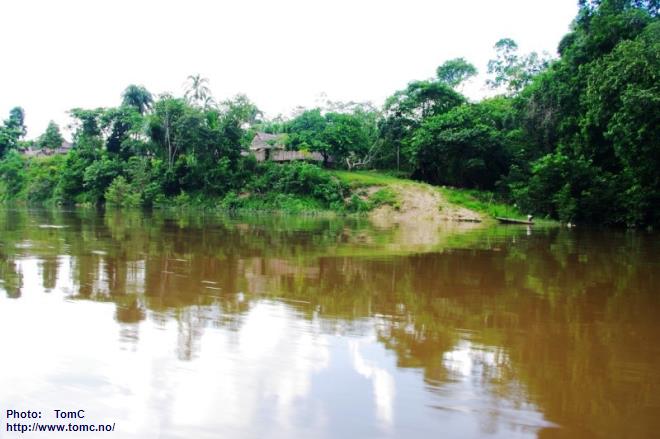
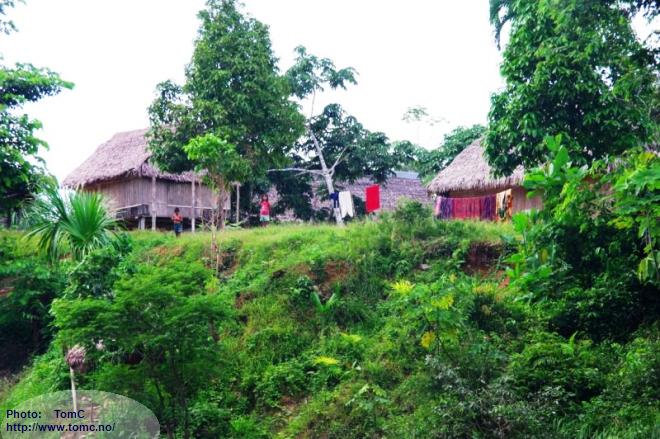
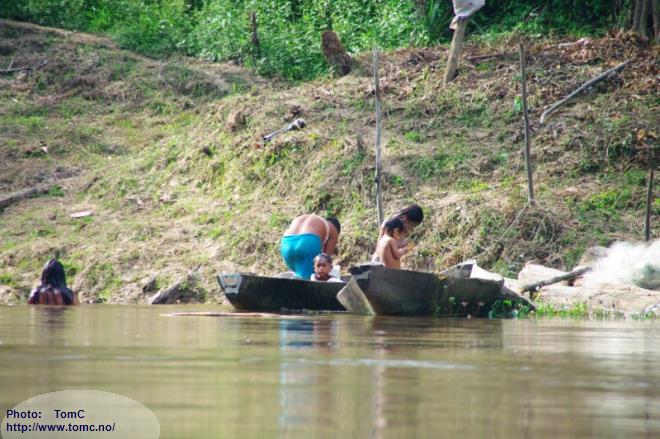
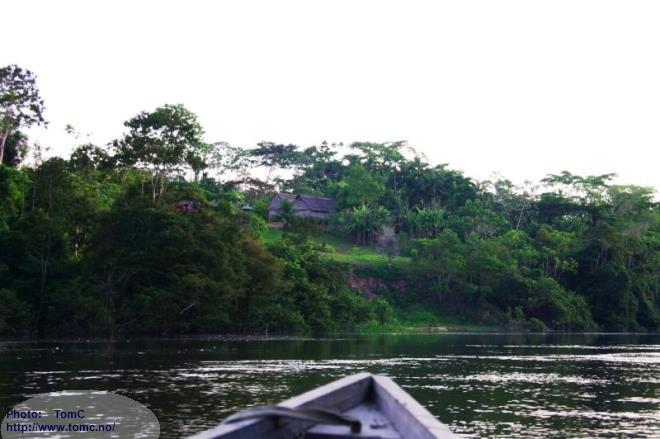
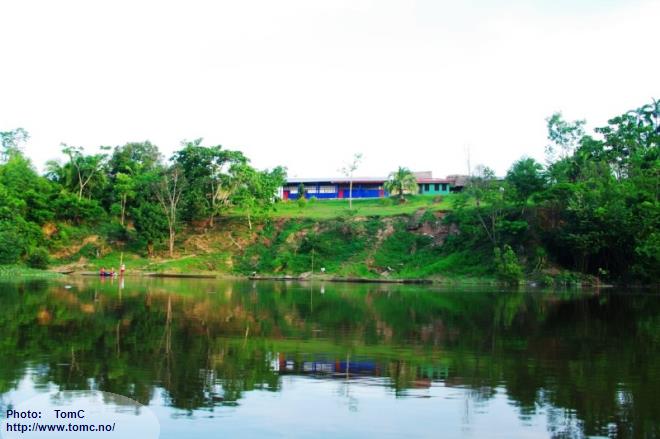
It was late, and the sun startet to get low
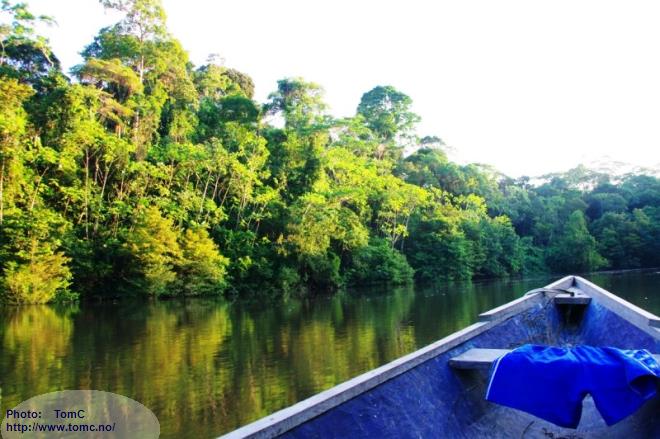
and as usual, the dark came fast and suddenly:
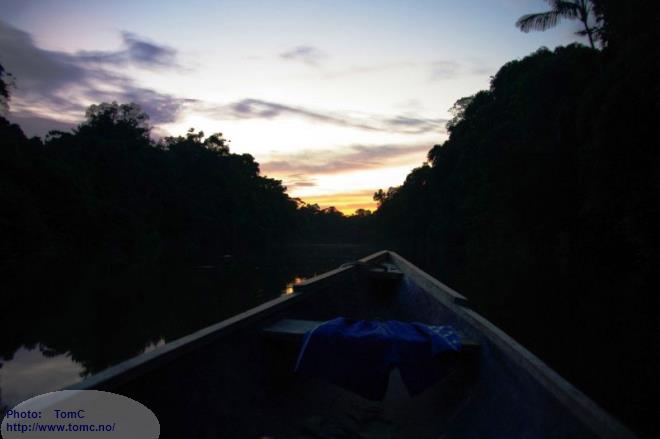
Without any more trouble, but in complete darkness, we reached our destination at 18:30, 10.5 hours after we left Angamos.
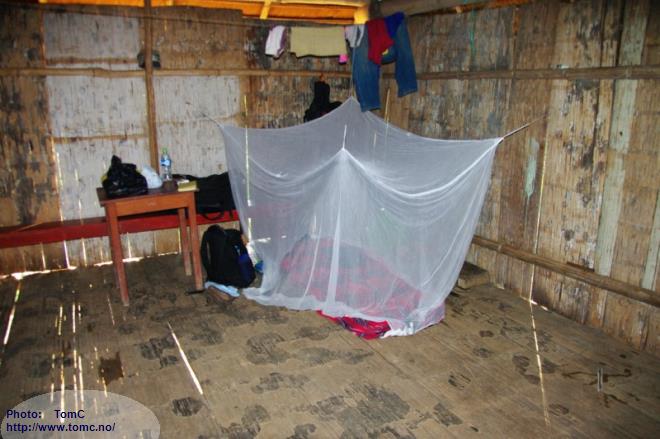
The next morning, at 05:45, my fisherman was waiting outside:
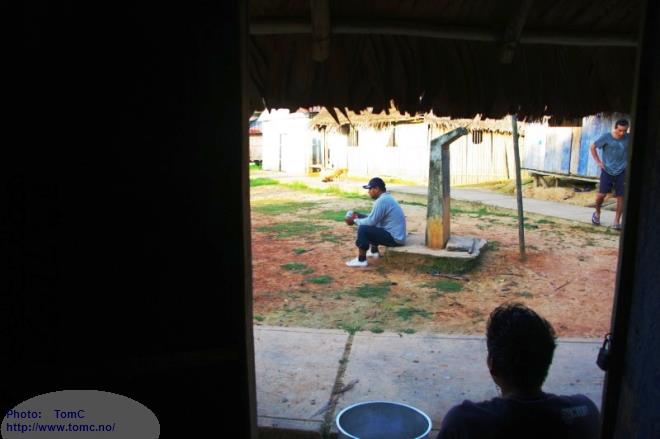
and yes, we were on the right place:
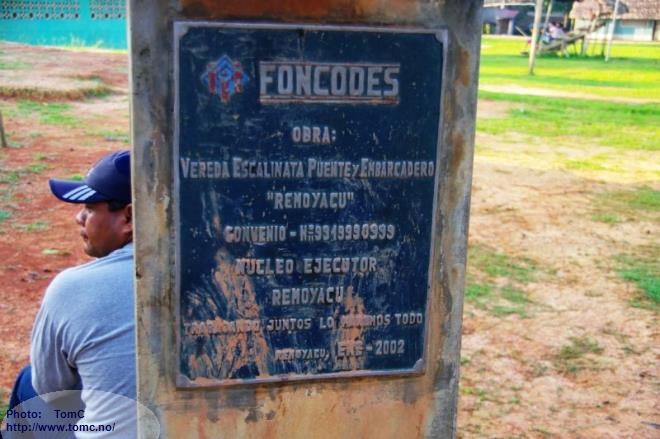
A nice little village:
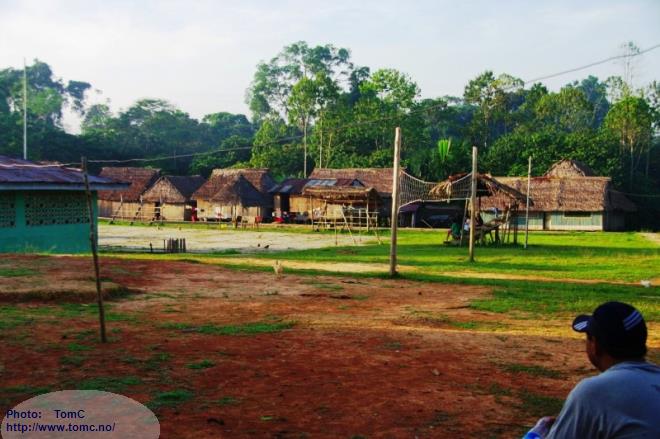
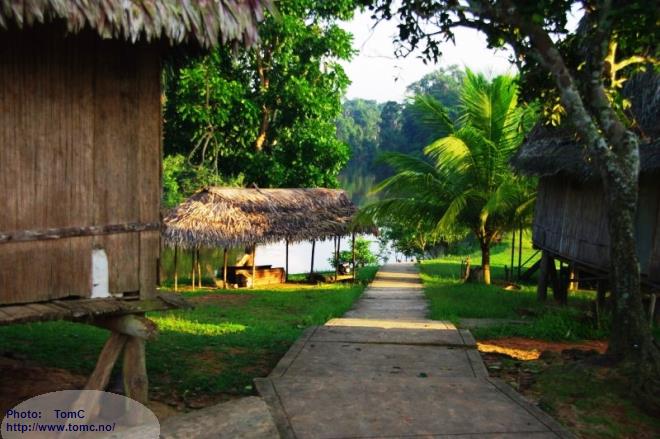
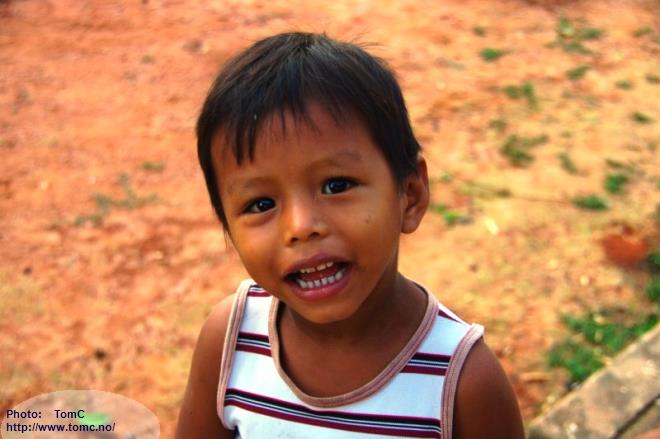
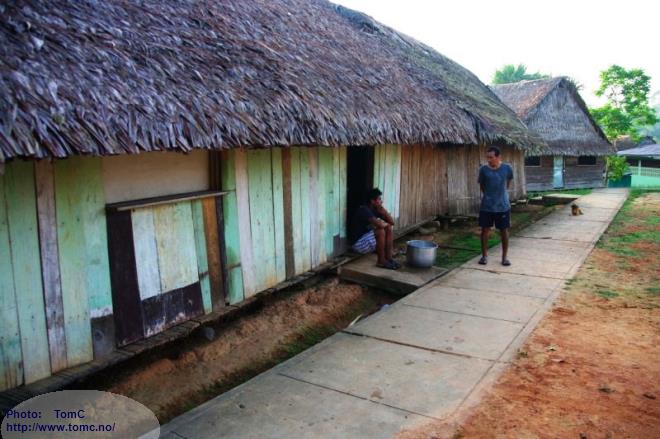
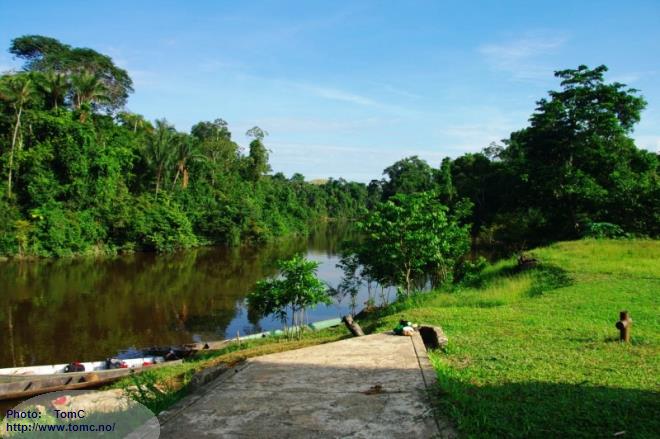
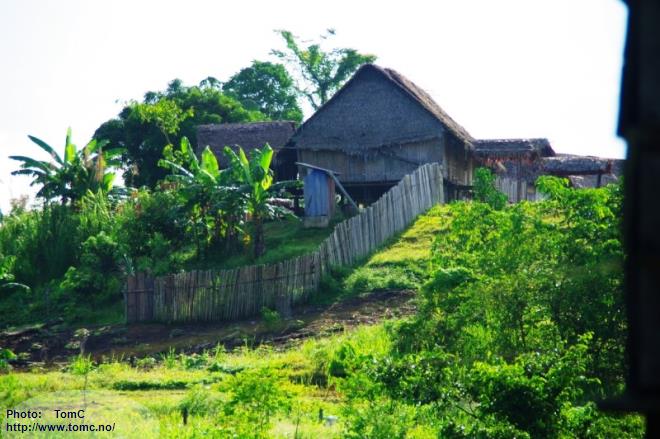
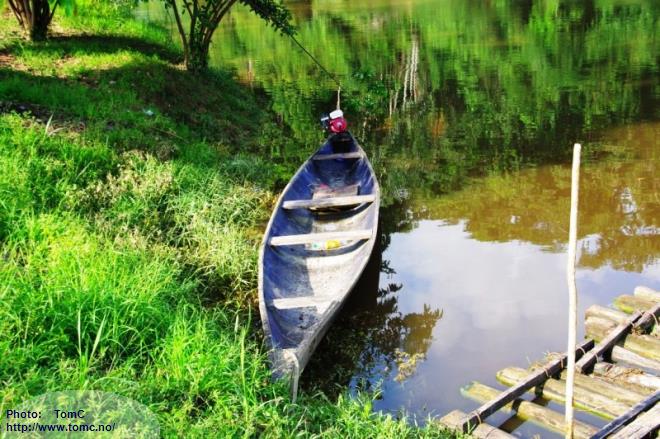
Some spectacular butterflies were attracted by my sweaty clothes:
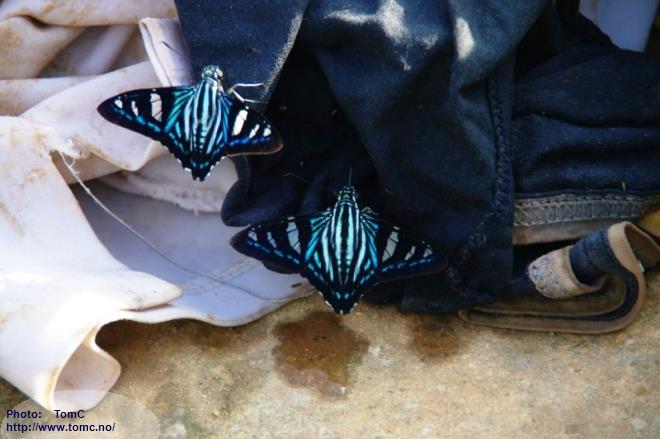
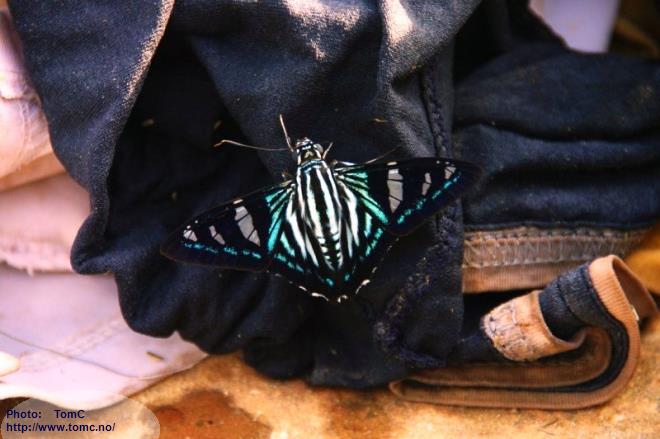
while I was washing myself in the beautiful Río Gálvez:
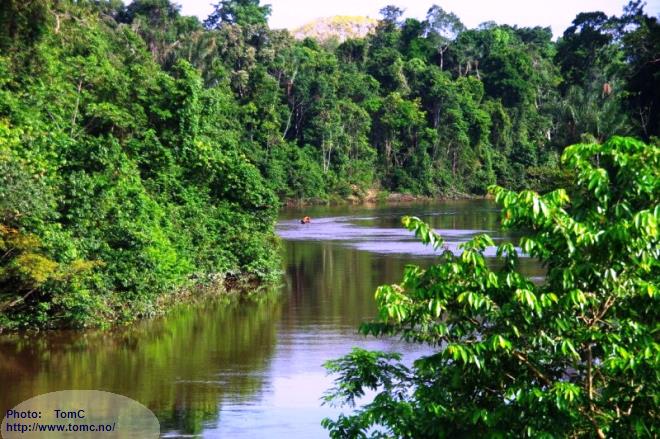
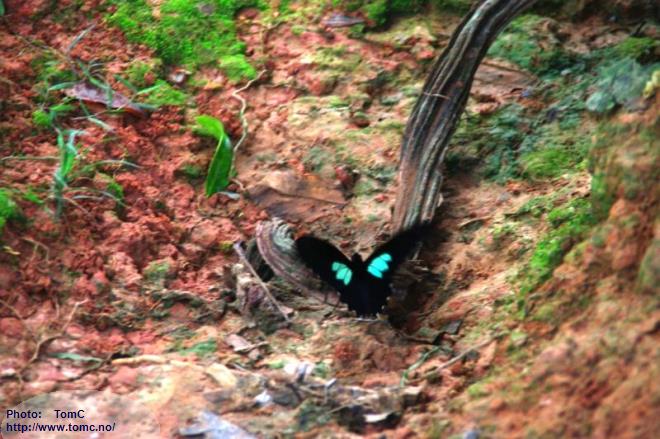
After breakfast, we got in a boat, accompanied by a couple of young, local men:
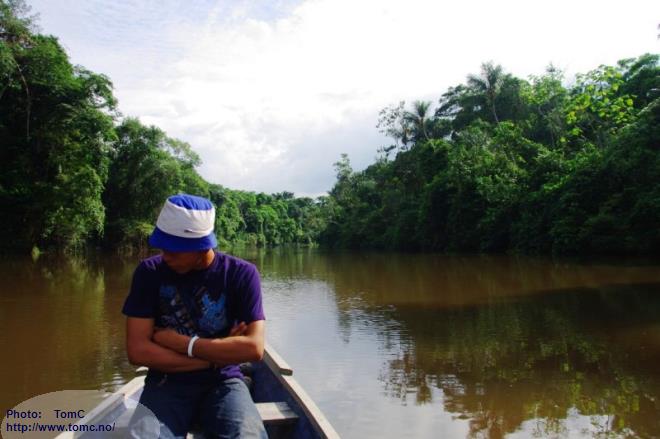
After a while we entered the jungle:
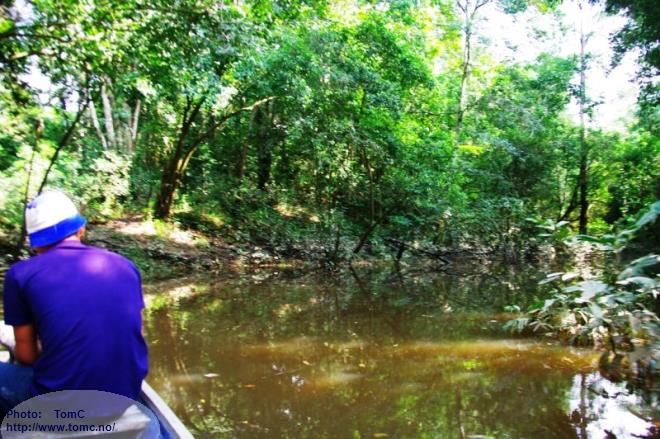
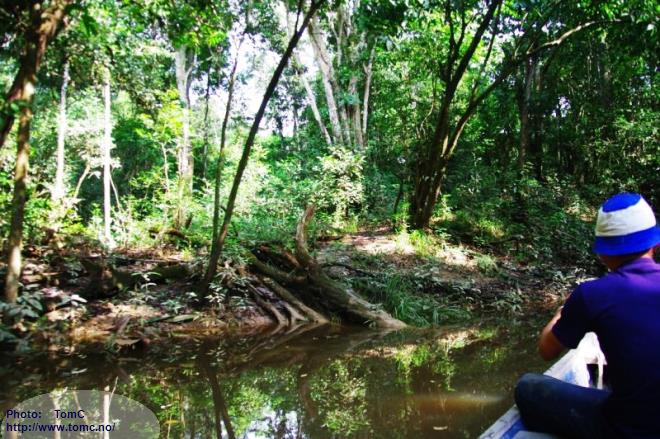
and started to walk
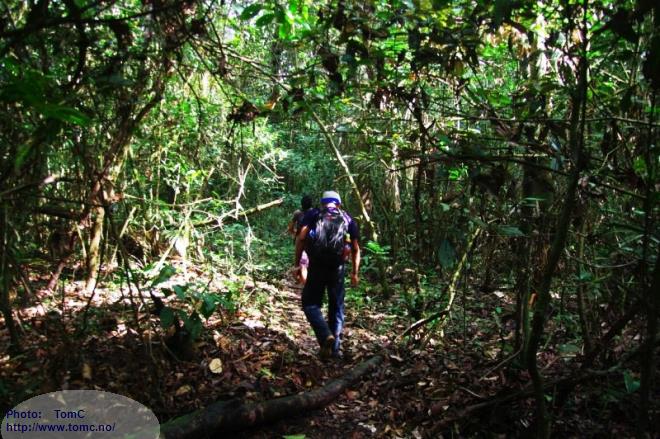
After only 40 minutes: The first Apistogramma-habitat:
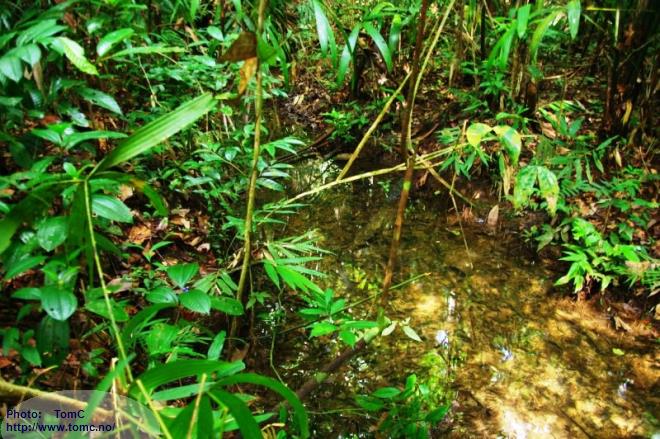
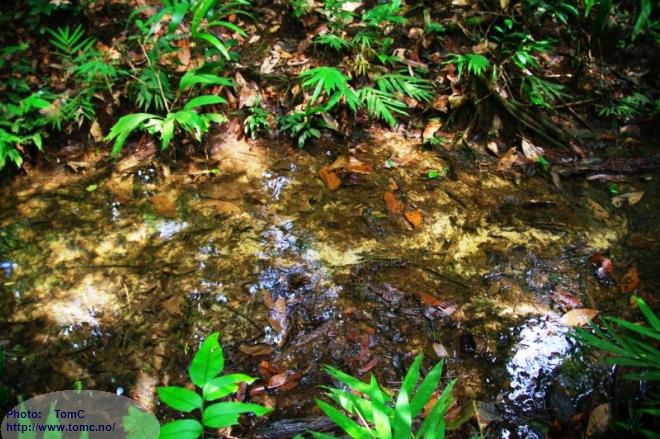
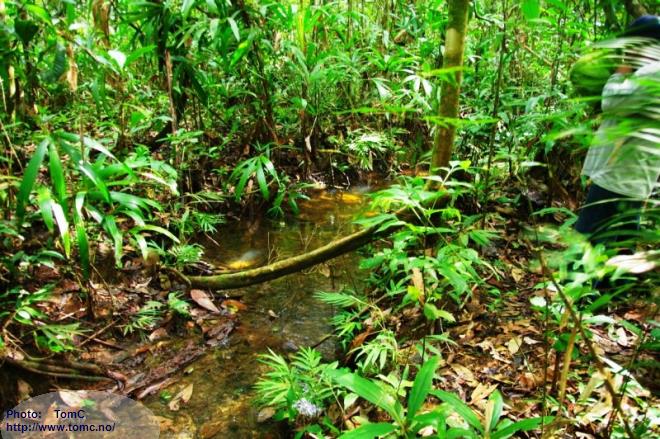
The water: pH: 5.38
Conductivity: 6 µS/cm (!) Temperature: 25.3°C
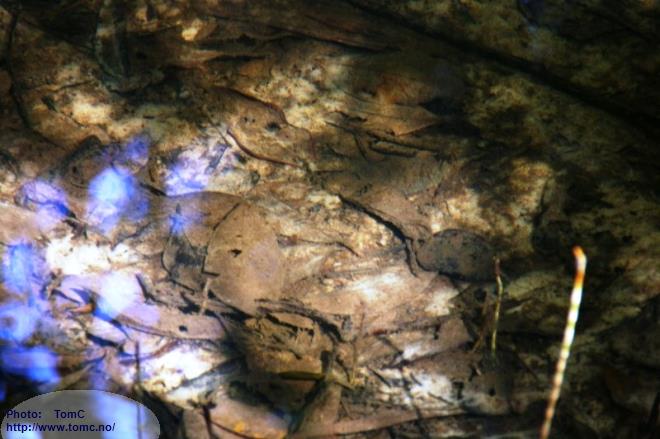
And we seem to have collected the same species we found near the mouth of the Río Gálvez in 2010:
The Apistogramma cf. huascar/ sp. "Batan"/sp. "Galvez":
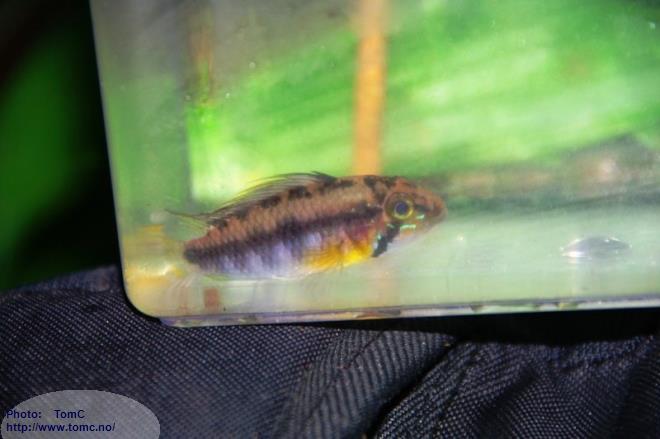
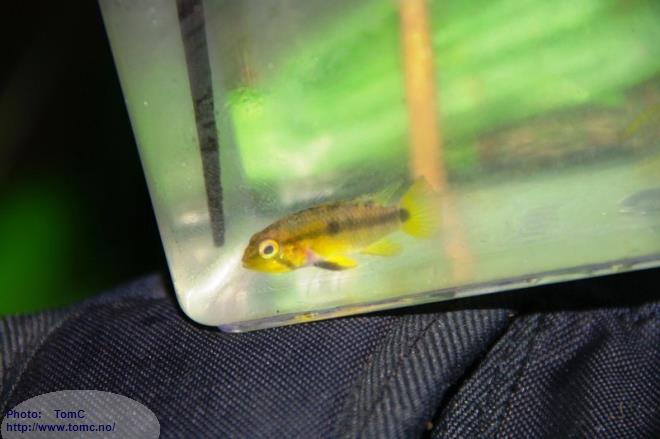
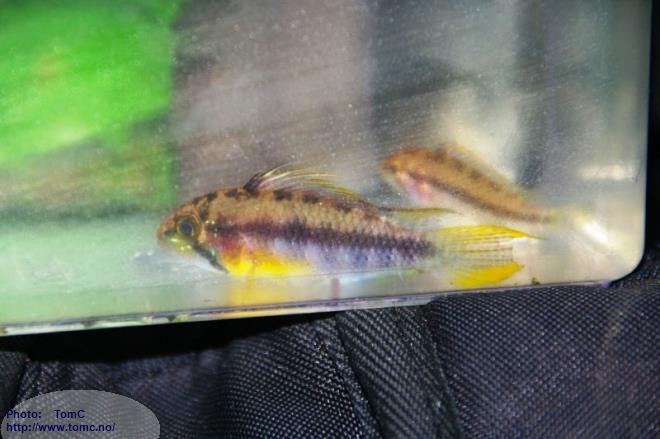
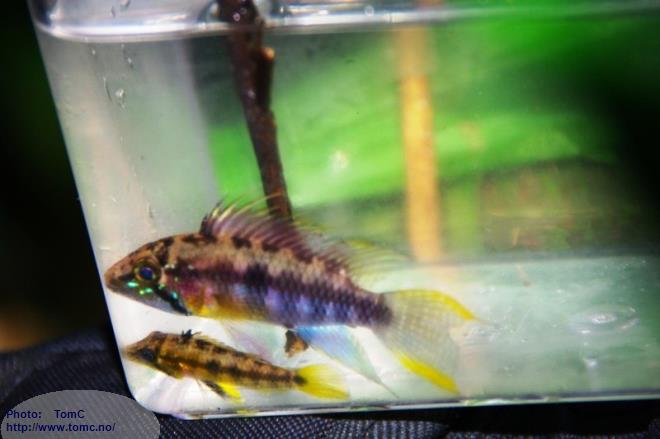
Some long walks through the rain forest, collecting all the small streams:
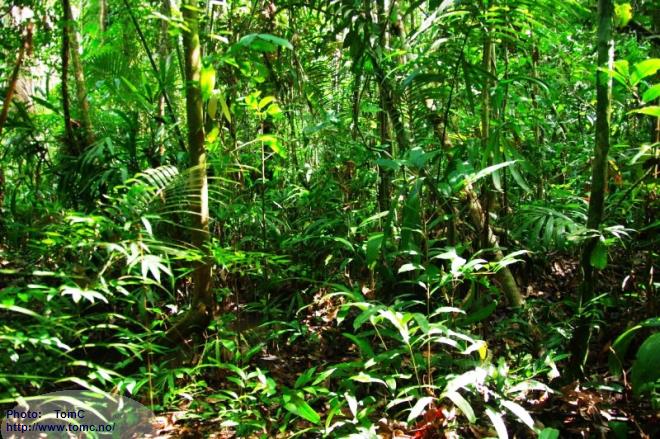
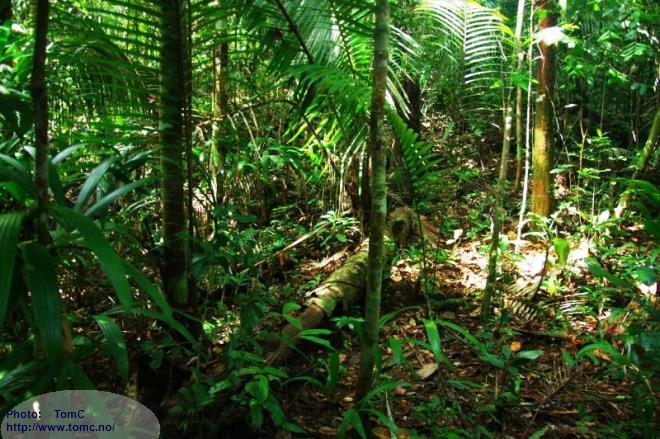
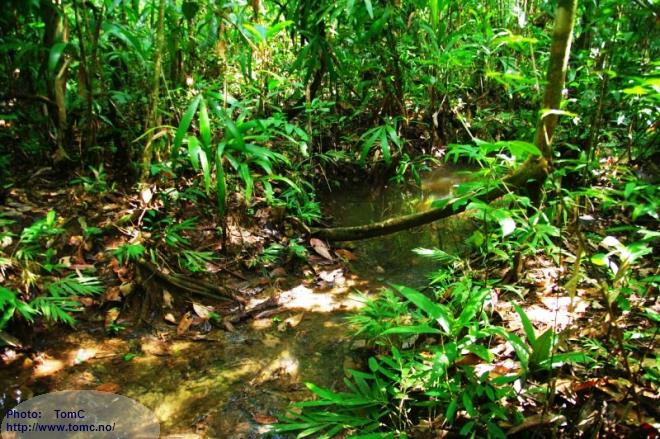
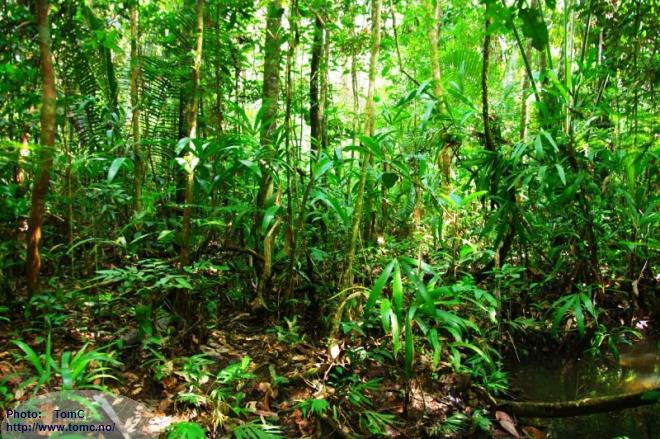
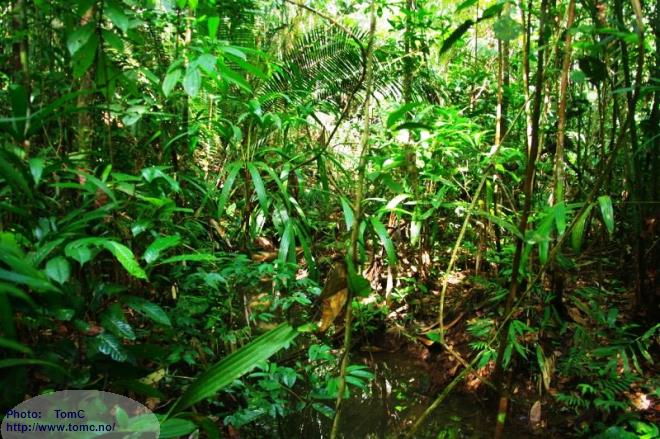
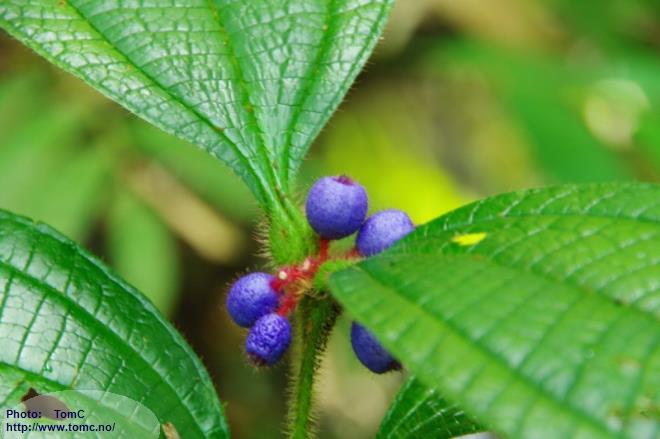
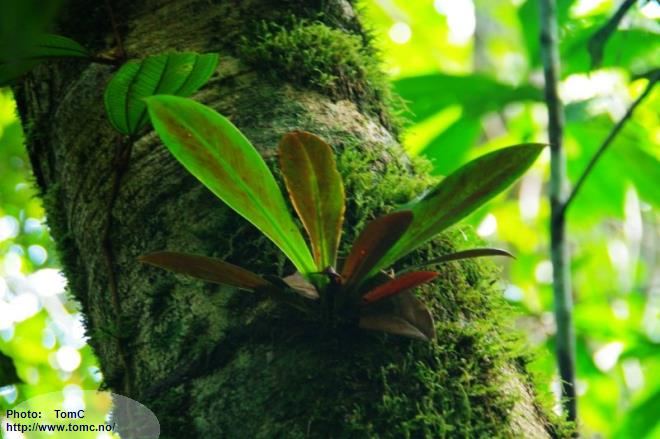
But we only found more of the same species:
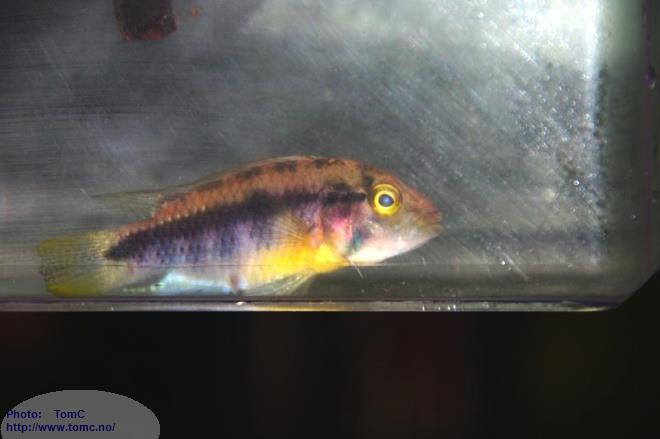
We left all the fishes under a palm leaf, for pickup on our way back
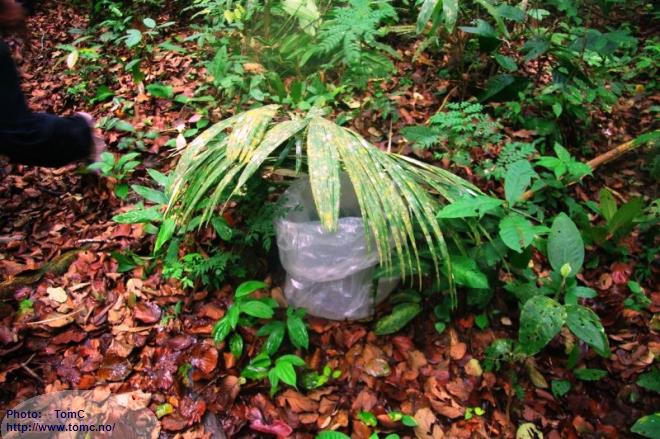
Then, after another long walk, we came to this.
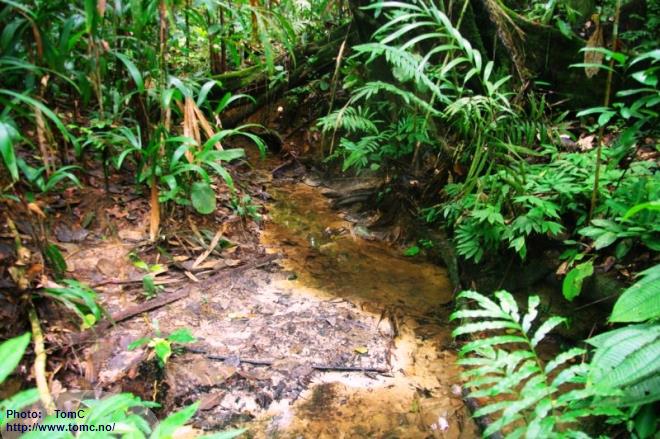
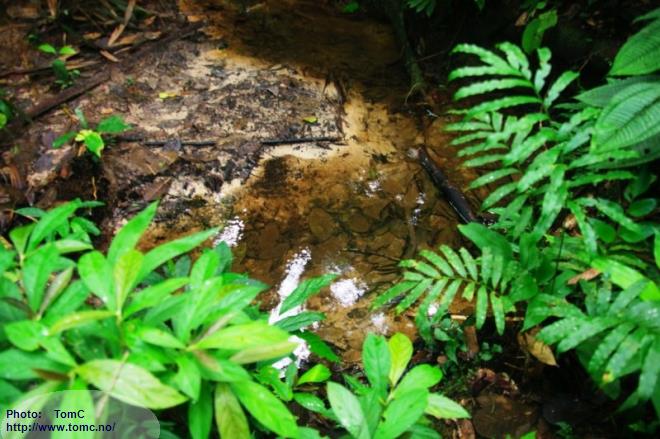
The water: pH: 5.46
Conductivity: 6 µS/cm Temperature: 25.7°C
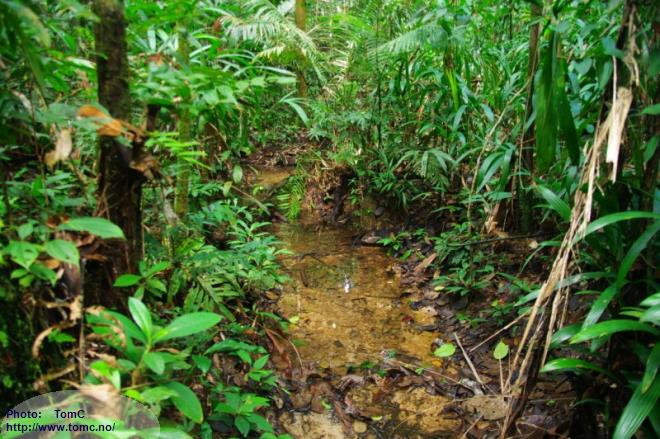
We found some exciting fishes, and put them in a photo tank to have a closer look:
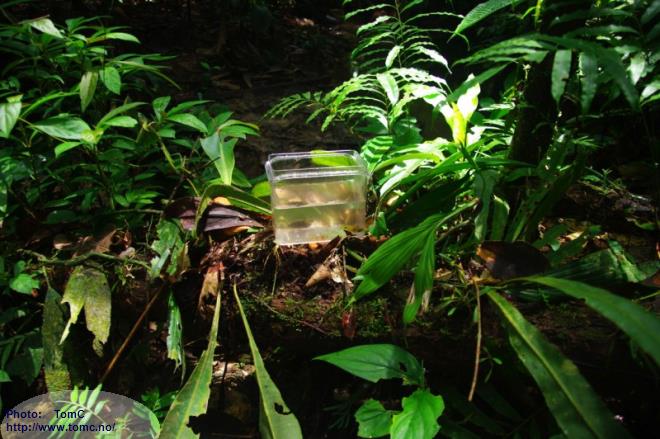
This is what we could watch:
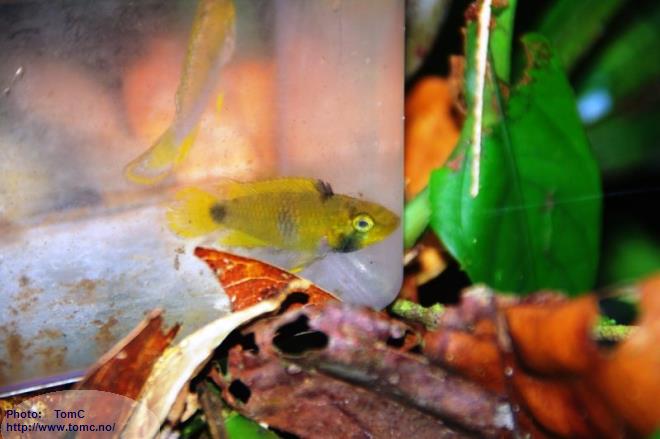
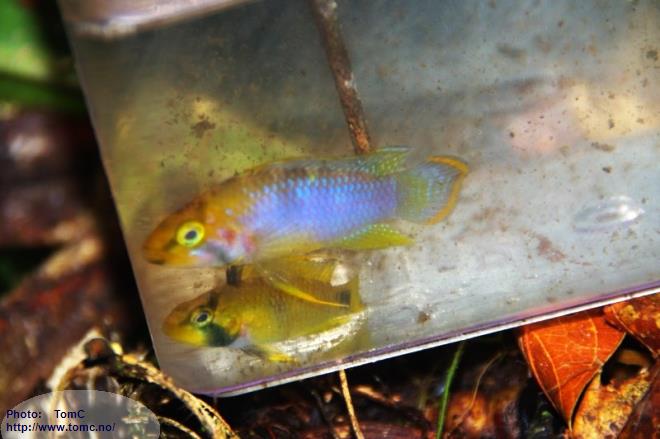
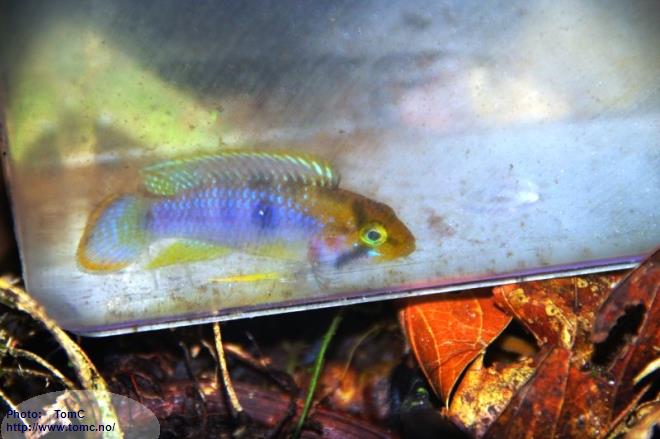
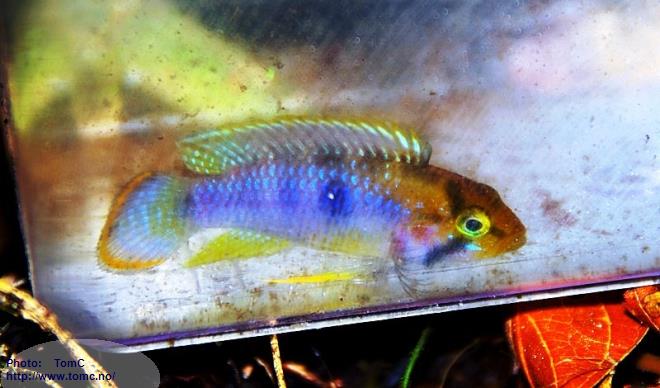
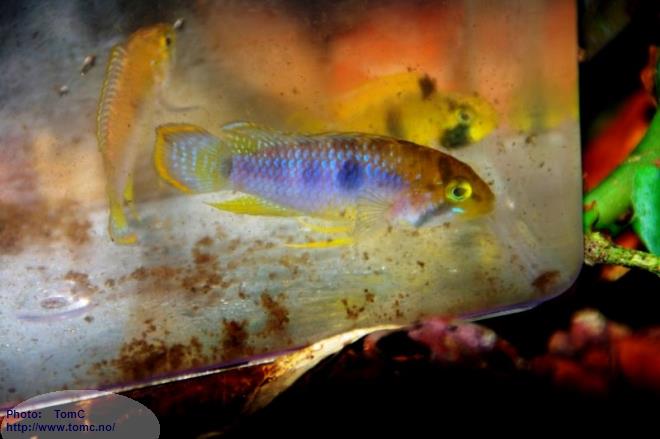
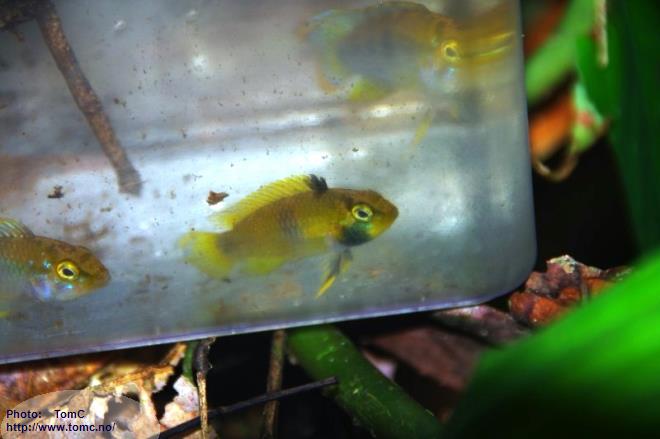
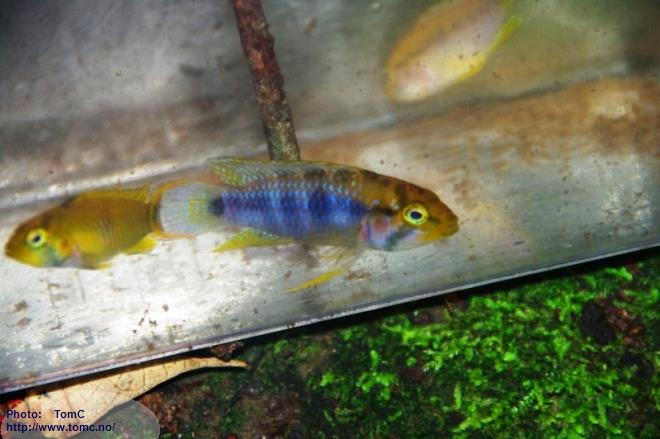
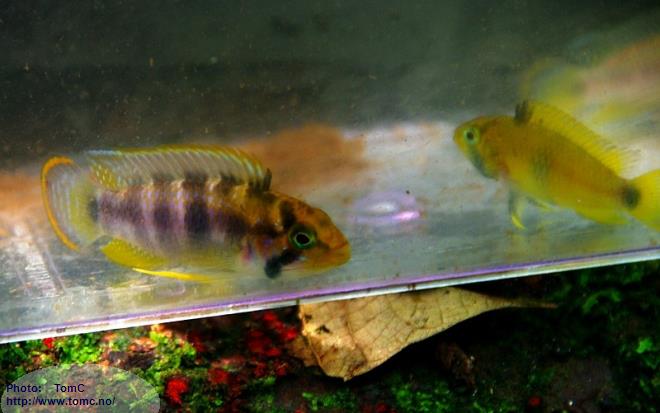
The Apistogramma sp. "Matses"
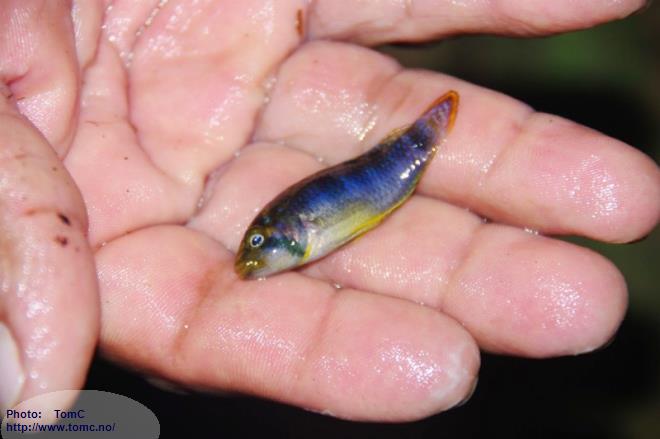
There were also some beautiful characins in the water:
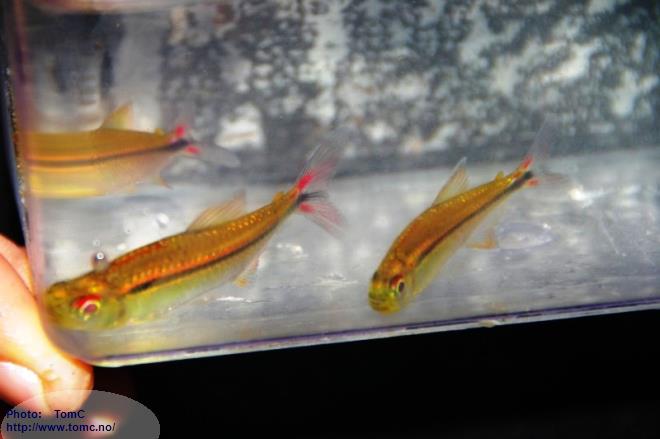
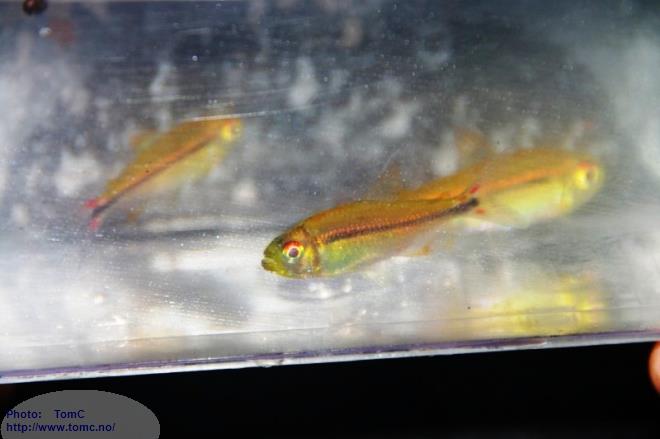
Back in the village, it was raining "cats and dogs" INFO :
From https://www.loc.gov/rr/scitech/mysteries/rainingcats.html:
..." “Cats and dogs” may come from the Greek expression cata doxa, which means “contrary to experience or belief.” If it
is raining cats and dogs, it is raining unusually or unbelievably hard."
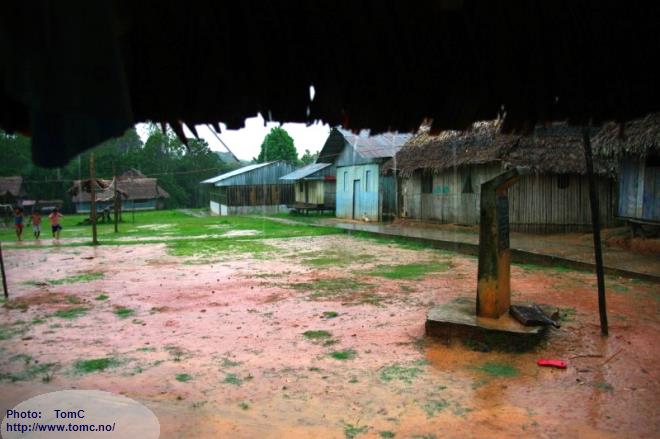
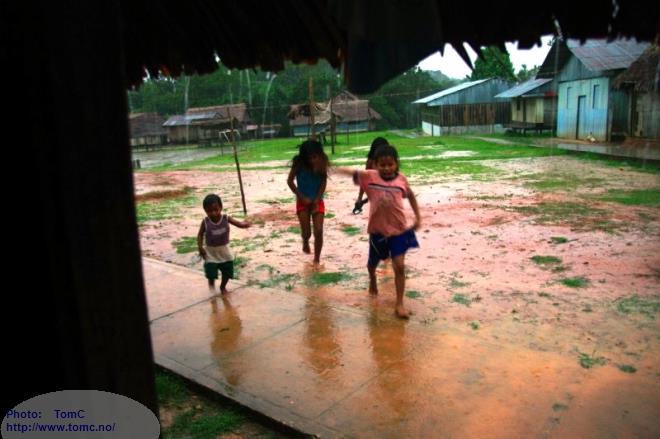
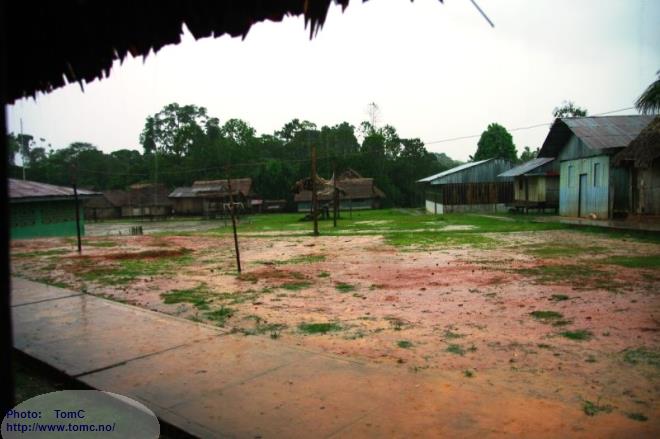
After food and a good night's sleep, we were heading downstream towards Angamos early in the morning.
Little did I know about the "passengers" I brought with me from here.
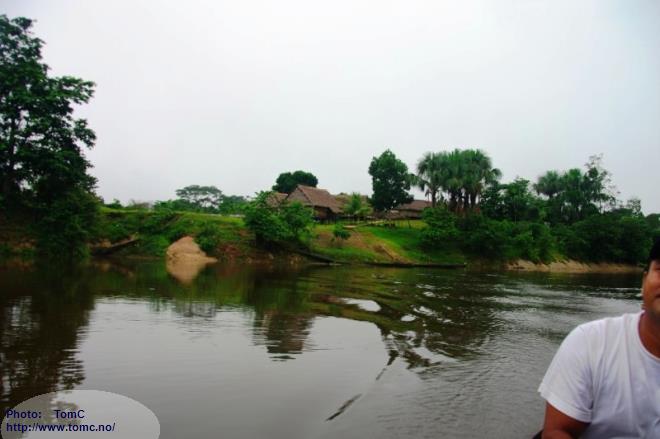
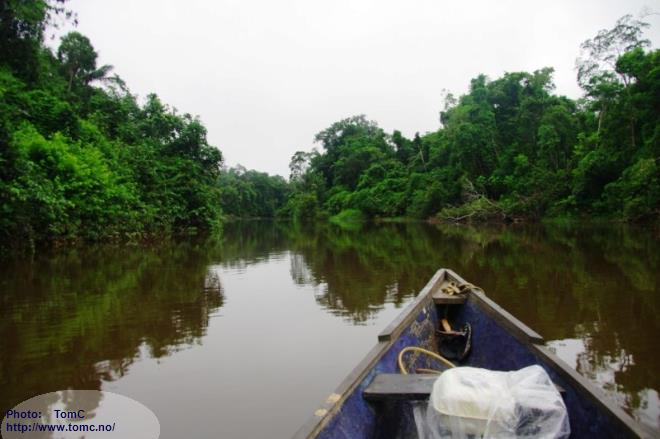
"Of course" the outboard stopped again... but this time our driver managed to fix it!
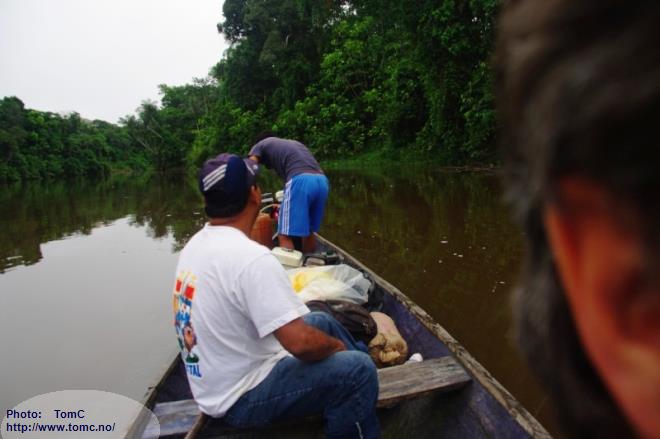
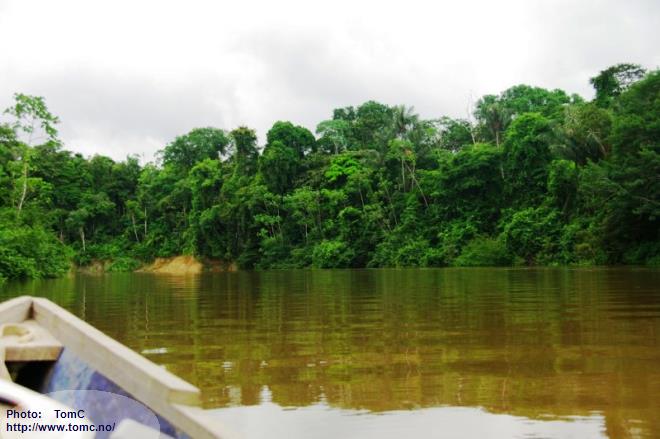
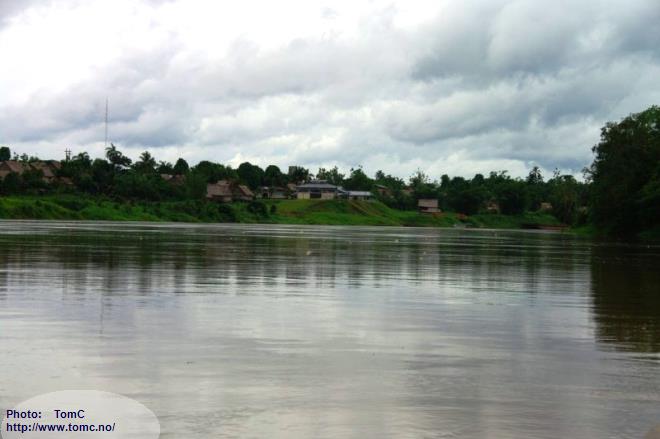
Because of the lack of available rooms for the night, we were kindly offered space in the driver's house in Angamos, where we
could hang up our hammocks.
I woke up very early the next morning due to a terrible itching all over my both legs.
My legs were infested with isango/chiggers/trombiculid mites FACTS , most likely "collected" in
the forest around Remoyacu.
From https://en.wikipedia.org/wiki/Trombiculidae:
"Trombiculid mites go through a lifecycle of egg, larva, nymph, and adult. The six-legged parasitic larvae feed on a large variety
of creatures, including humans"... "After crawling onto their hosts, they
inject digestive enzymes into the skin that break down skin cells. They do not actually "bite", but instead form a hole in the
skin called a stylostome and chew up tiny parts of the inner skin, thus causing severe irritation and swelling. The severe itching
is accompanied by red, pimple-like bumps (papules) or hives and skin rash or lesions on a sun-exposed area".....
We were not alone waiting for the flight in the morning:
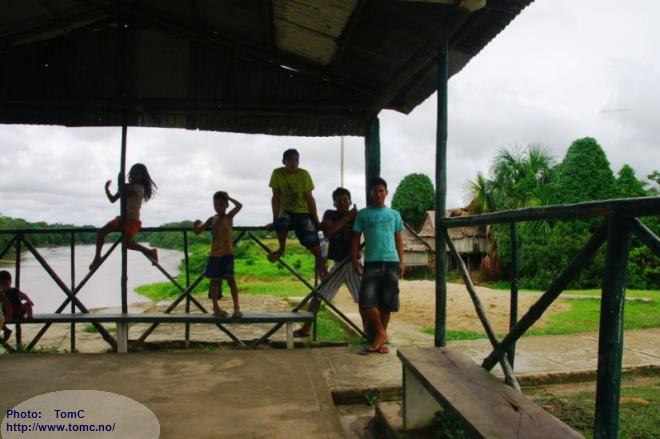
and after a while we spotted it, approaching:
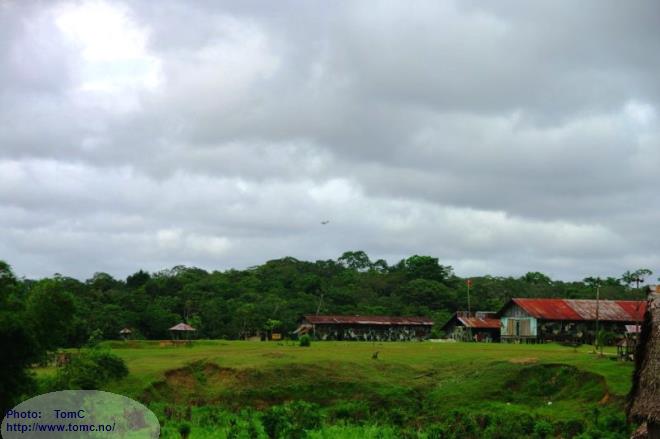
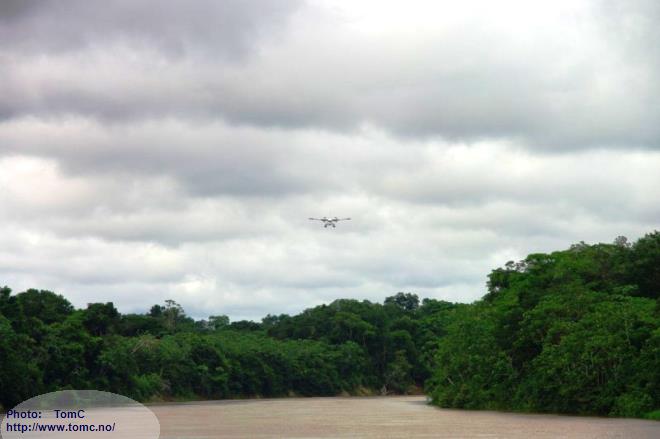
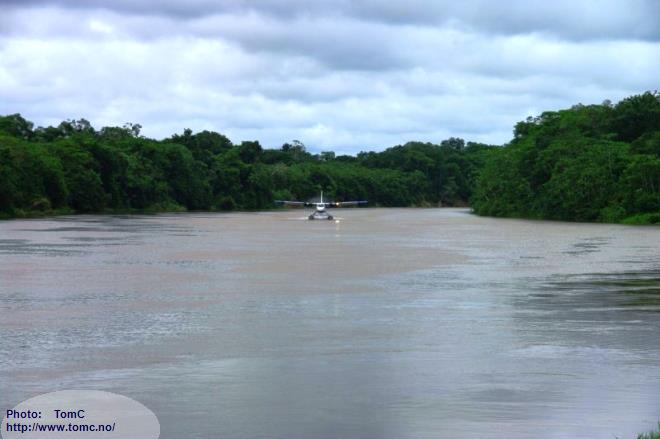
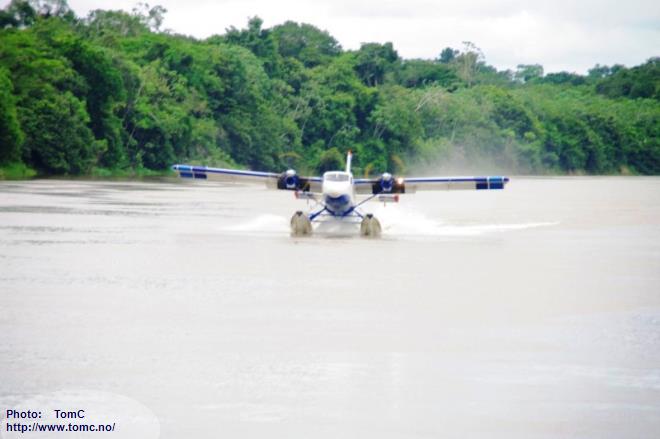
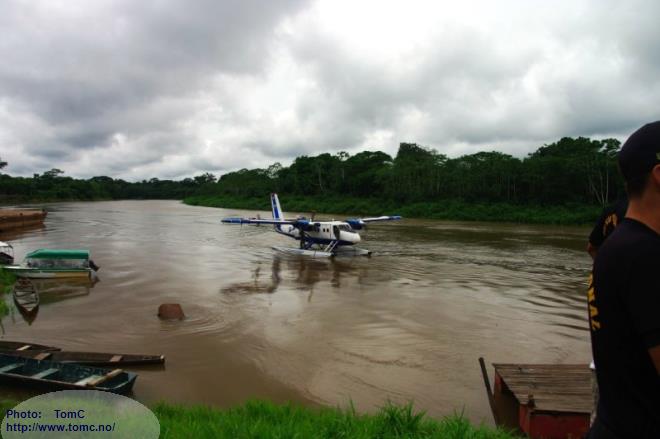
We departed as soon as people and cargo were on board:
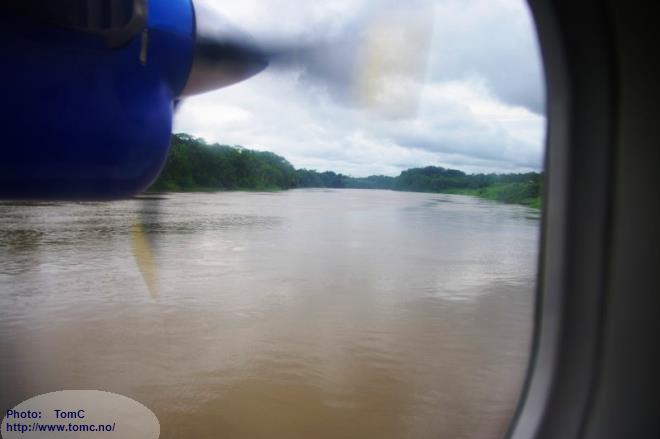
and after 45 minutes we were above Iquitos:
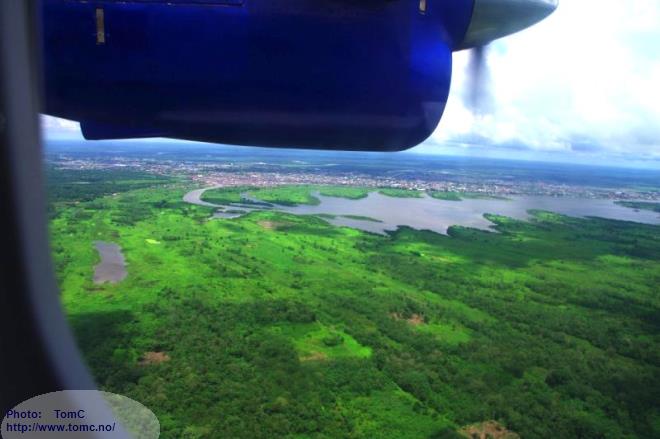
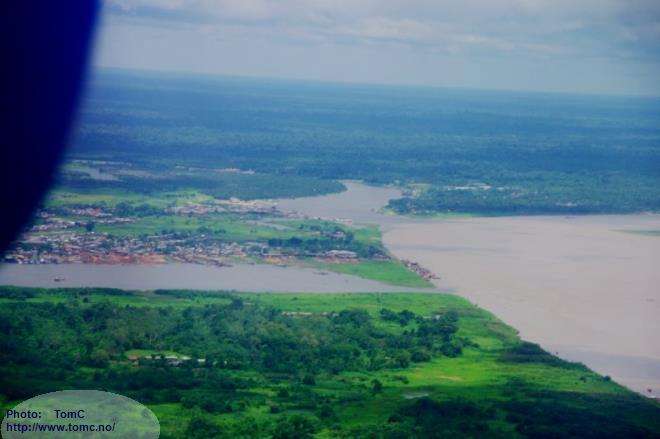
Here is the mouth if the Río Itaya, entering the Río Amazonas:
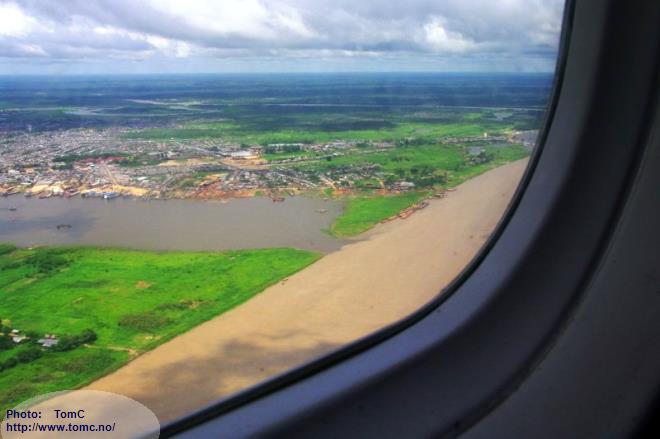
and here is the Río Nanay emptying into the Río Amazonas:
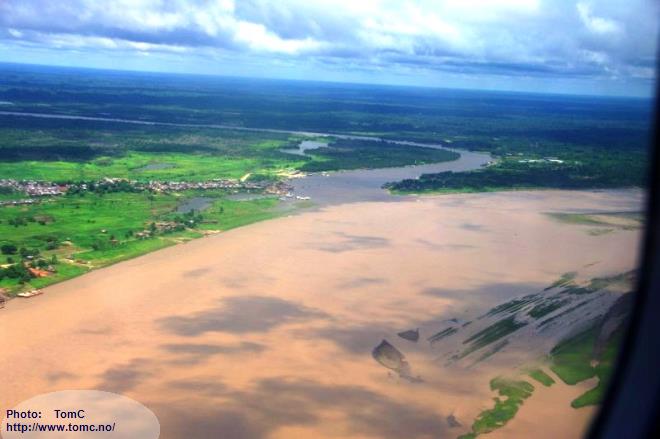
So: Back after a nice trip with memories of beautiful nature,
nice people, and quite a few beautiful fishes in the bags!
I struggled with the chiggers for quite a few days, and did not feel
well the entire following week. As one kind of chiggers might carry a form of typhus,
I'm sure some of them might carry other things too. But of course it's possible that
I got an infection from outside, via the wounds from the chiggers.
Afterwords
I brought some of the fishes home with me, and here are some photos of the
Apistogramma sp. "Matses" in my tank at home.
They were quite aggressive, but bred and raised their fry. Beautiful fishes!
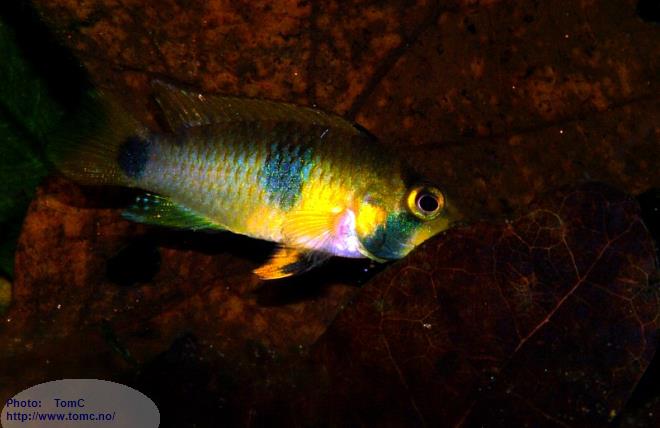
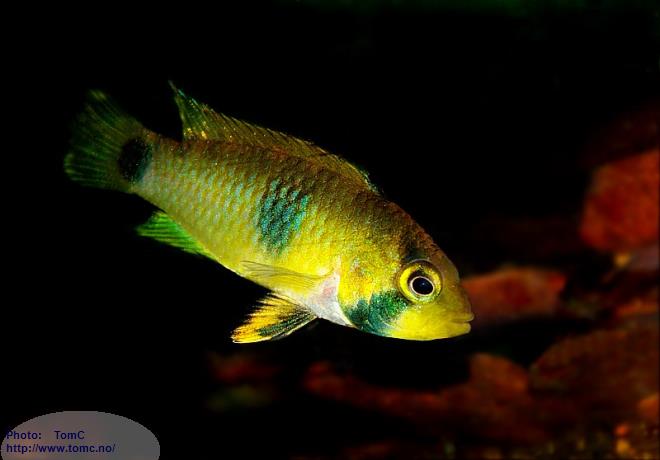
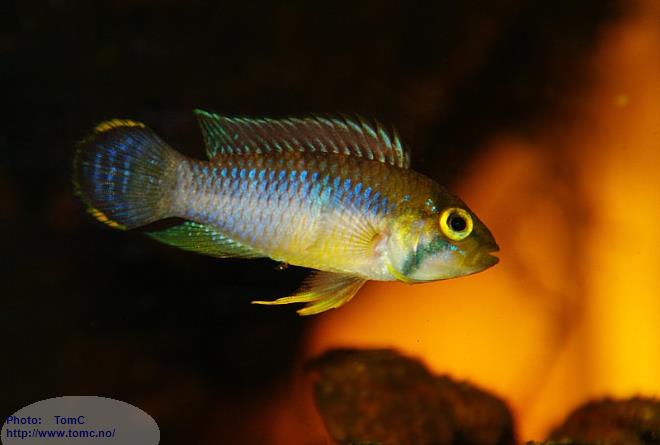
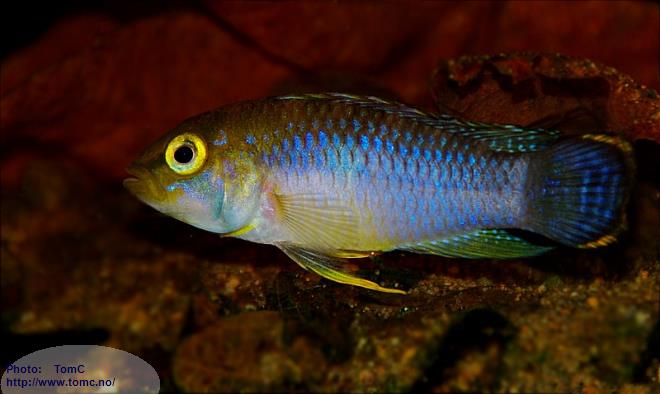
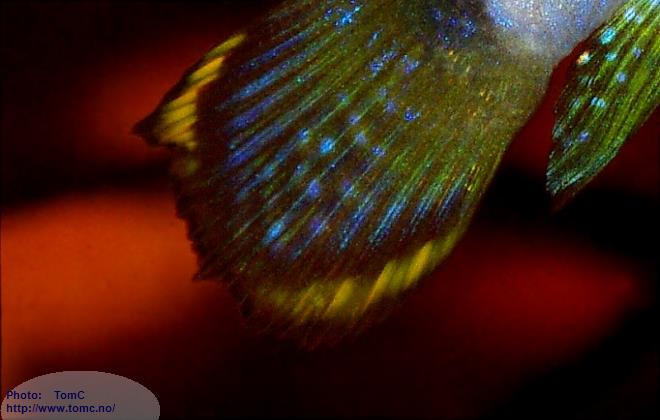
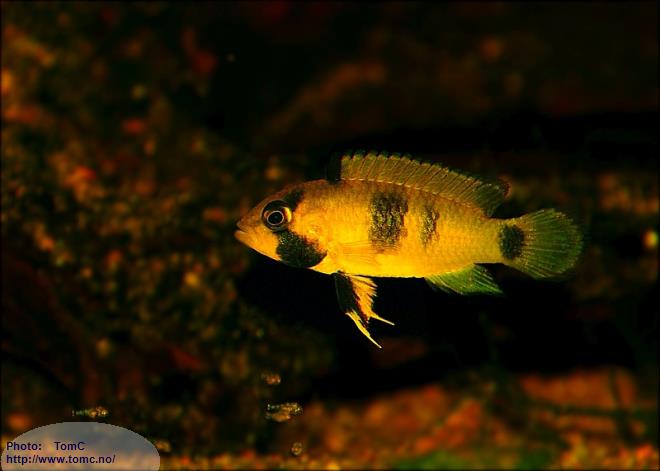
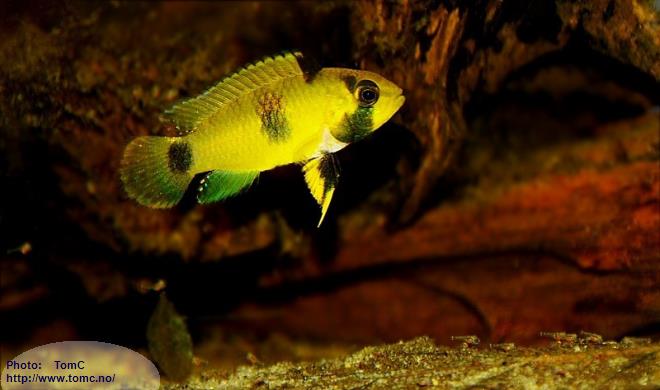
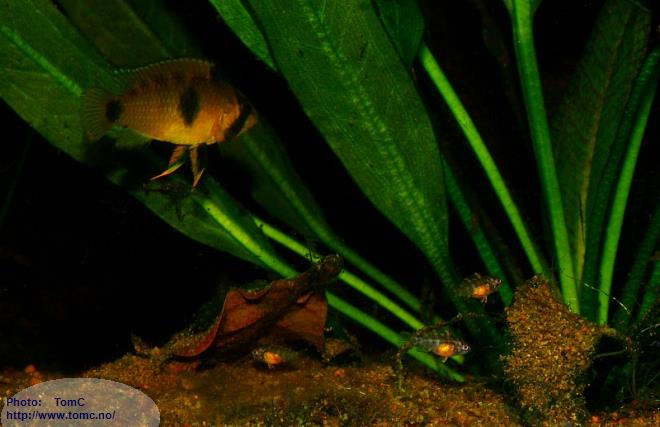
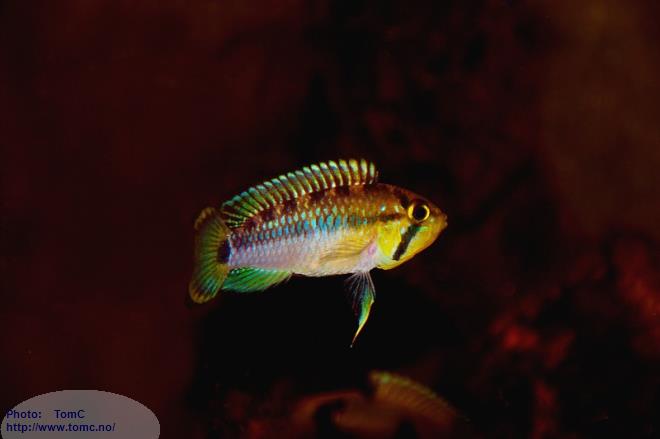
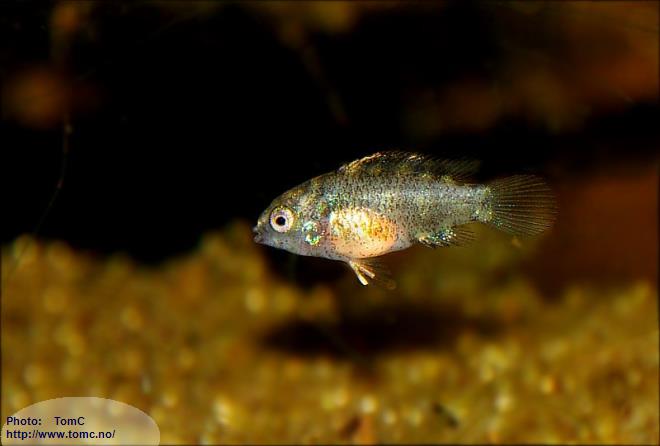
Despite the long ventral fins and the pattern in the caudal fin, this is in fact a female:
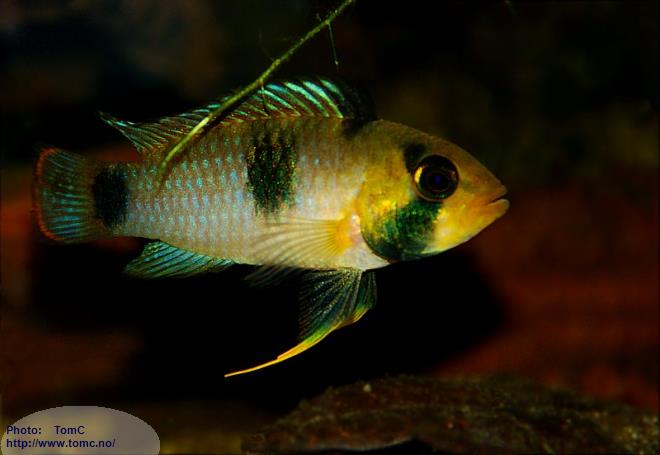
Finally a few photos of the nice looking characins from the Apistogramma sp. "Matses" habitat:
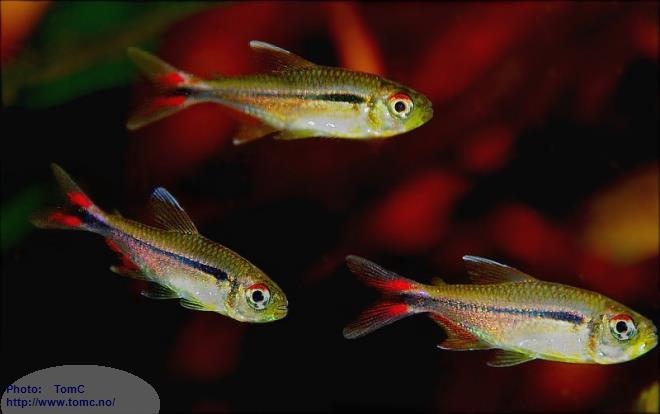
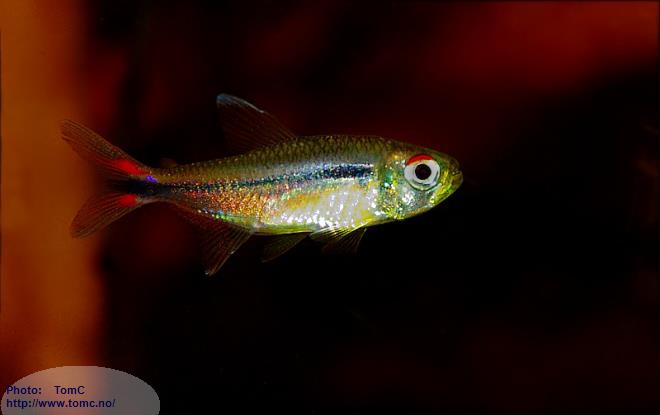
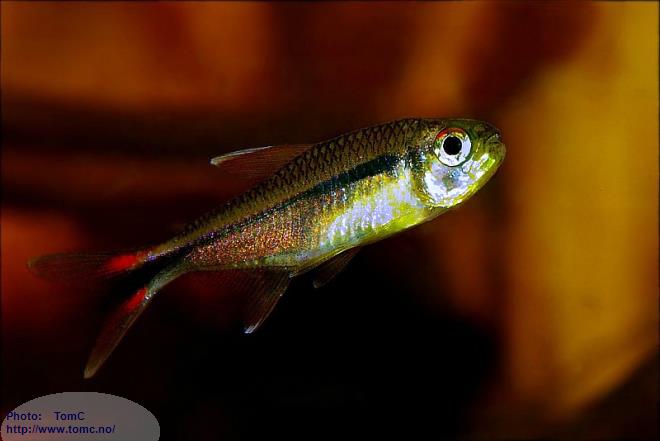
After afterwords
I was visiting the area where Matsés people are living. So why aren't there any photos of them in this report?
I did meet some local people who looked more or less like the photos you can see of the Matsés people. But I felt it
would be very disrespectful to meet them by putting my camera up in their face. So for this reason I didn't take
any photos of those people. You may read about them and watch photos of them
on this site.
|
|